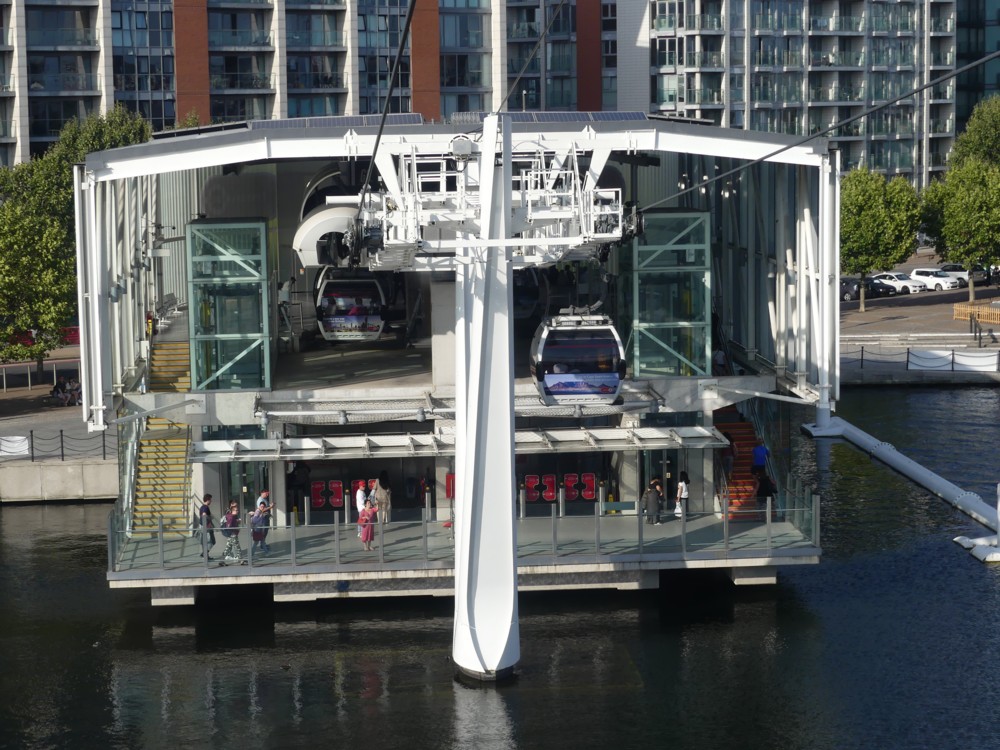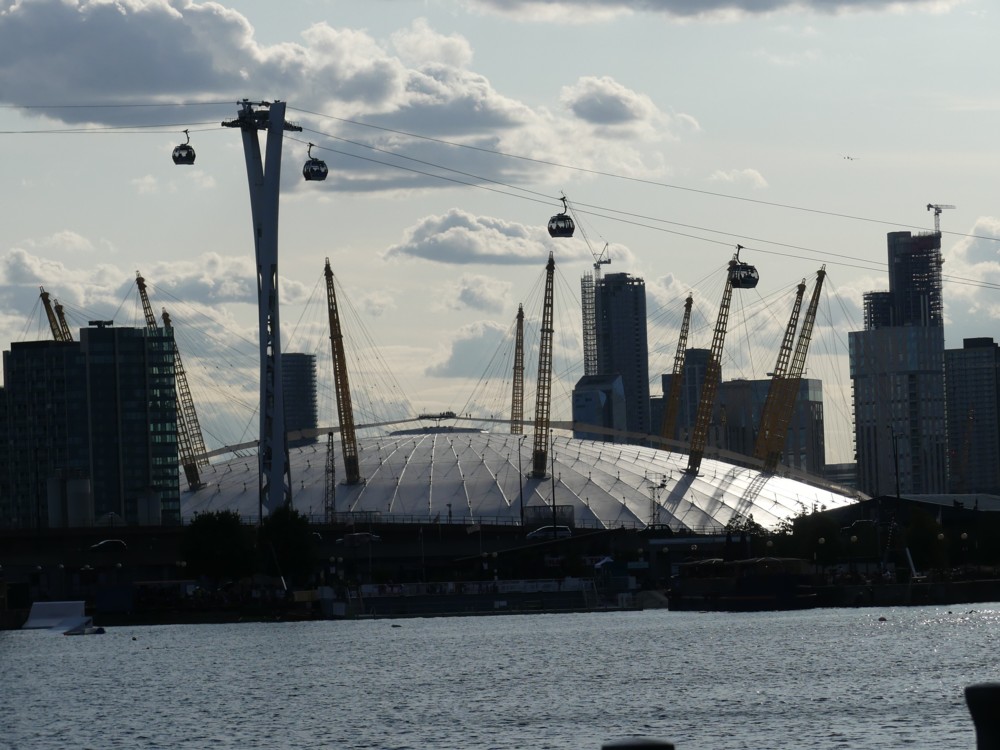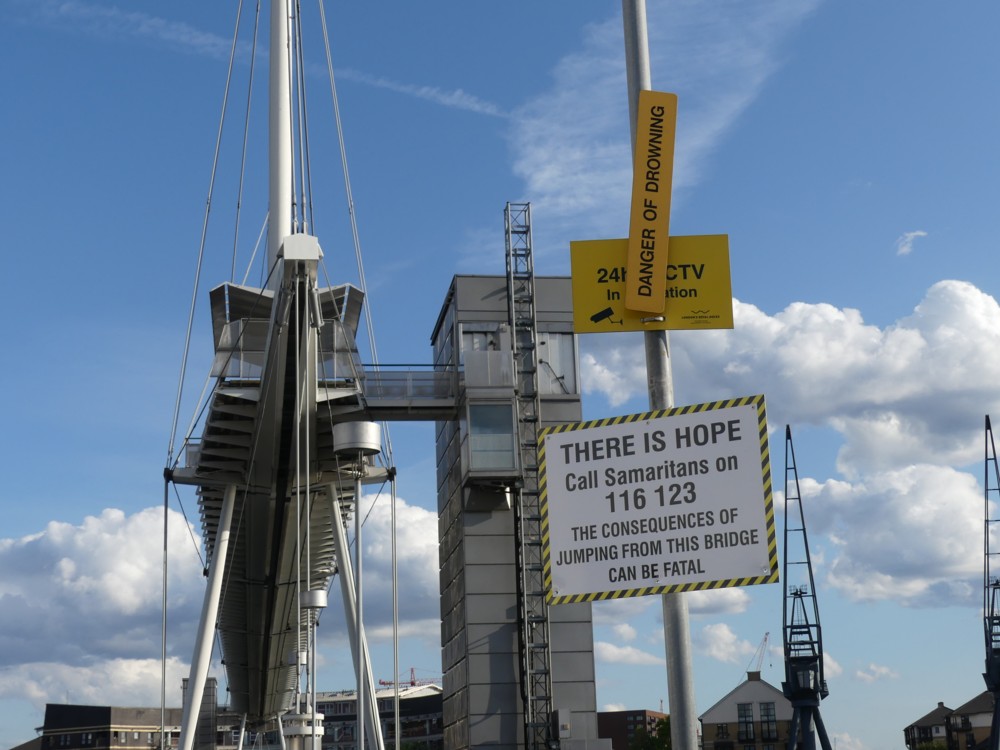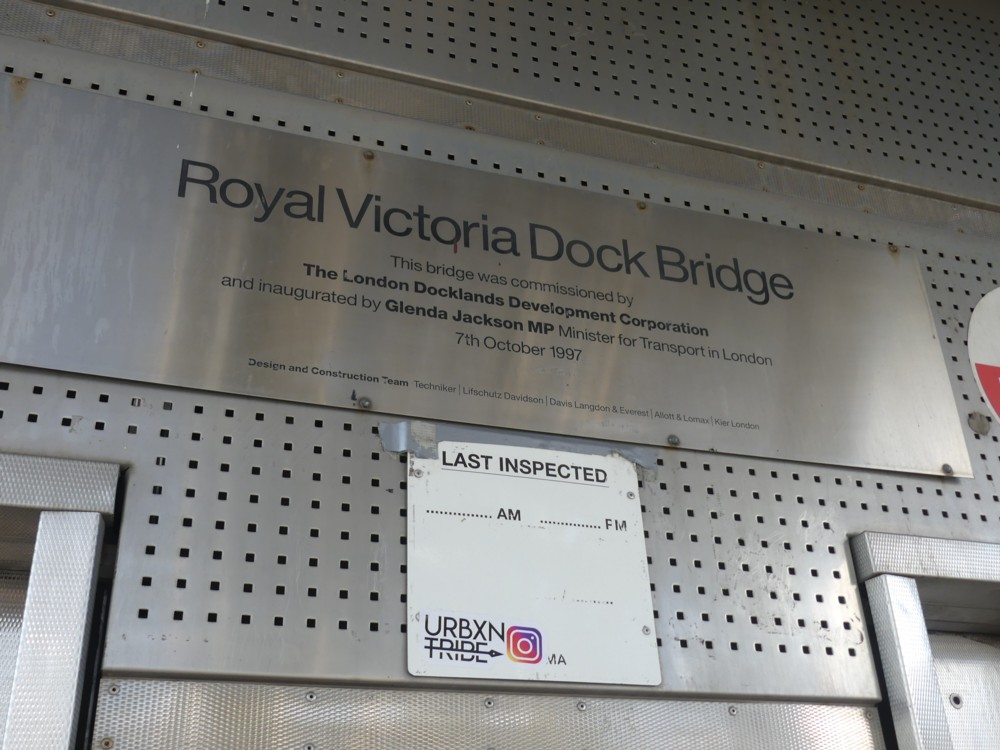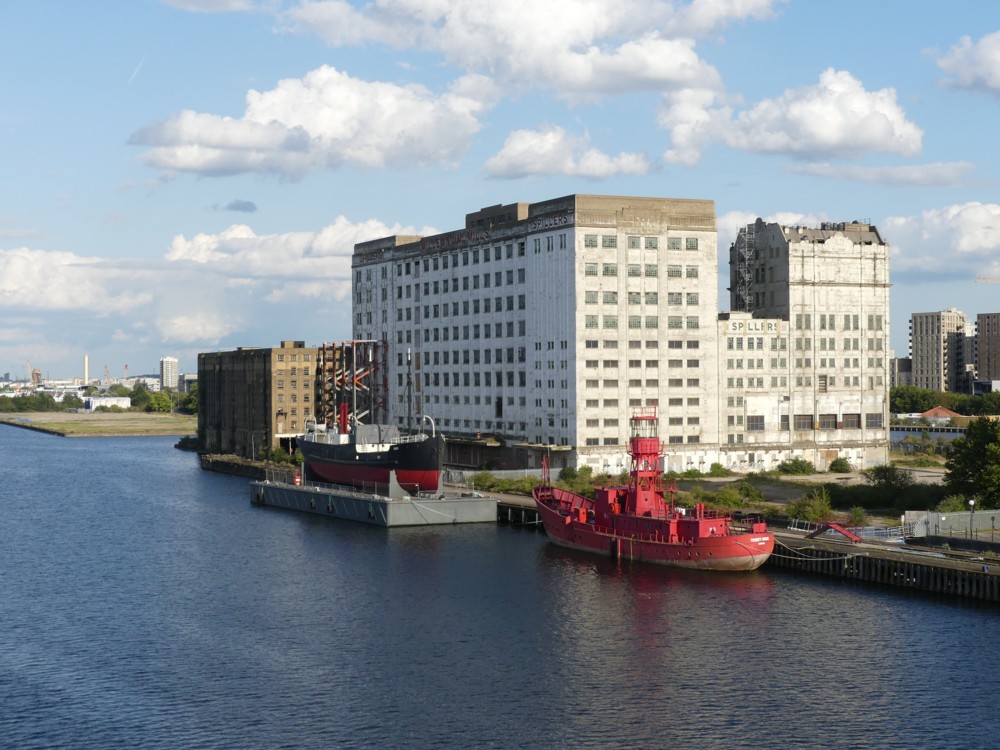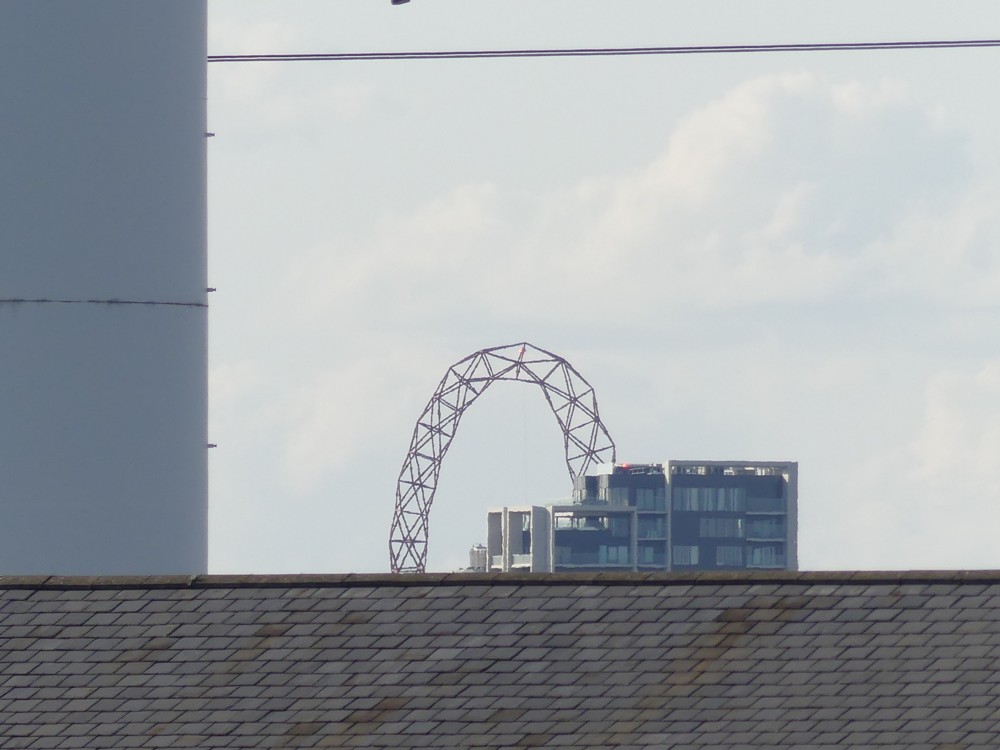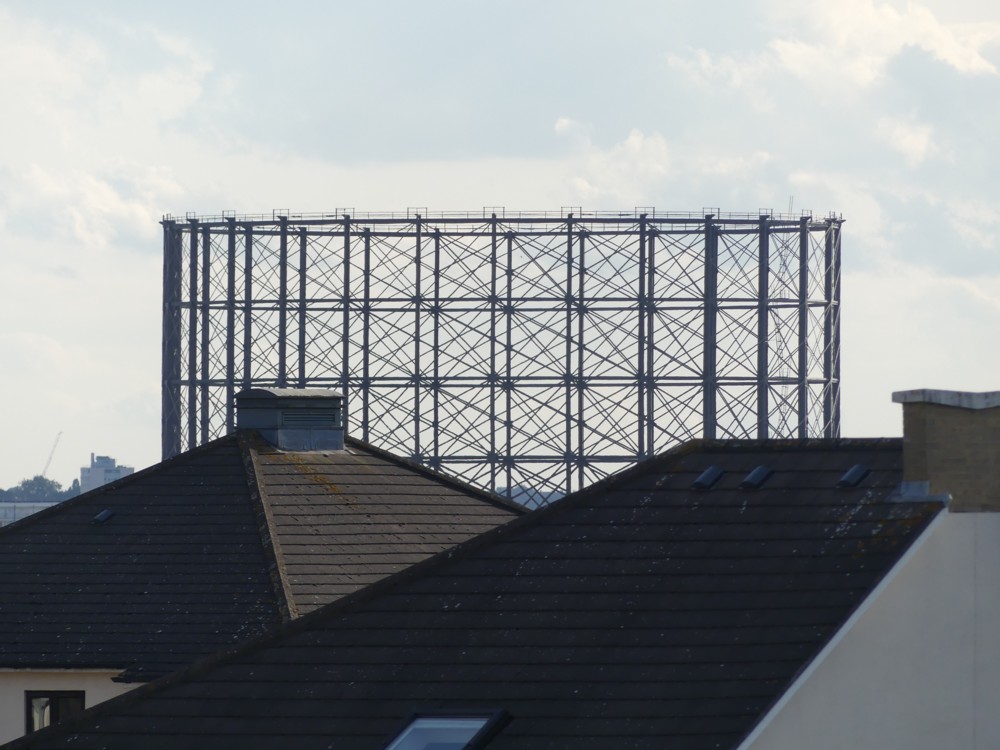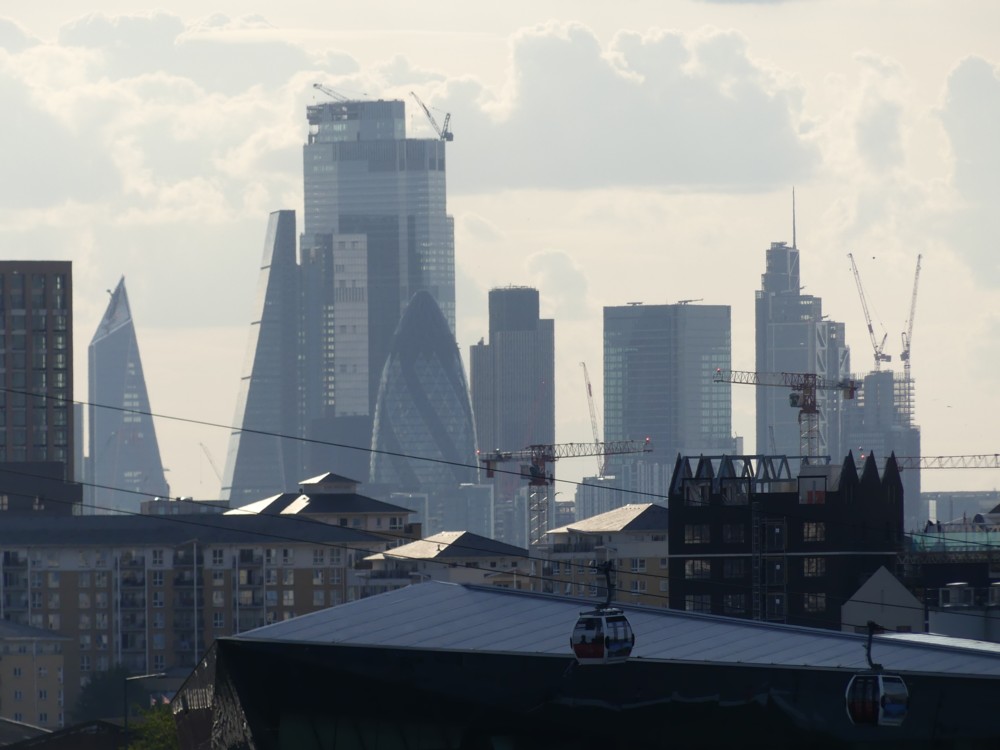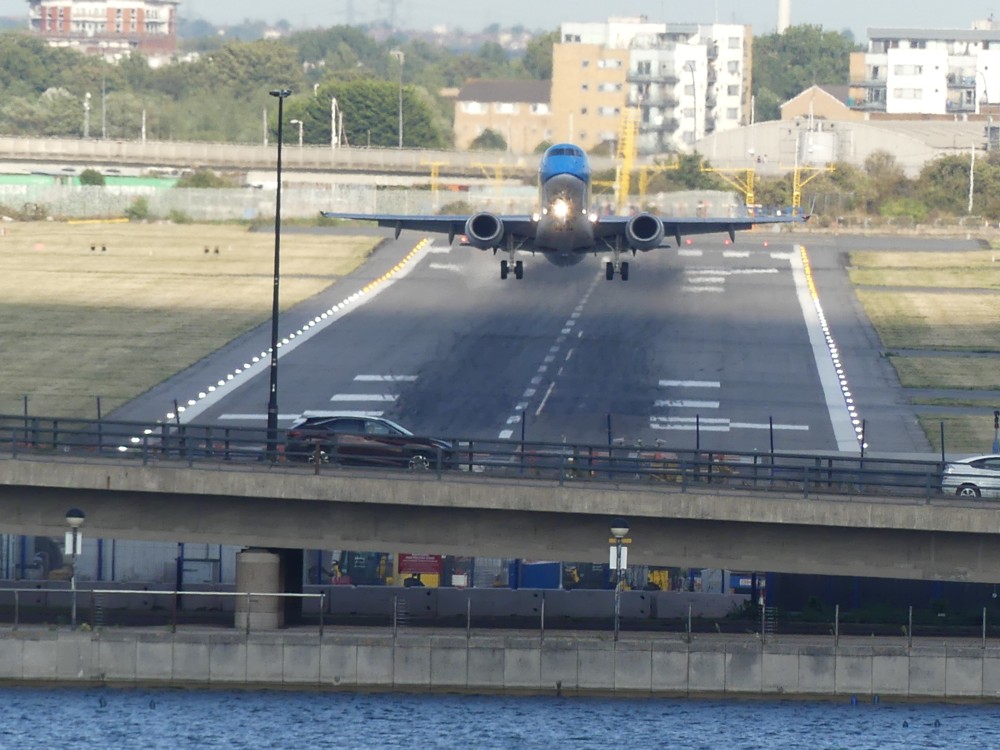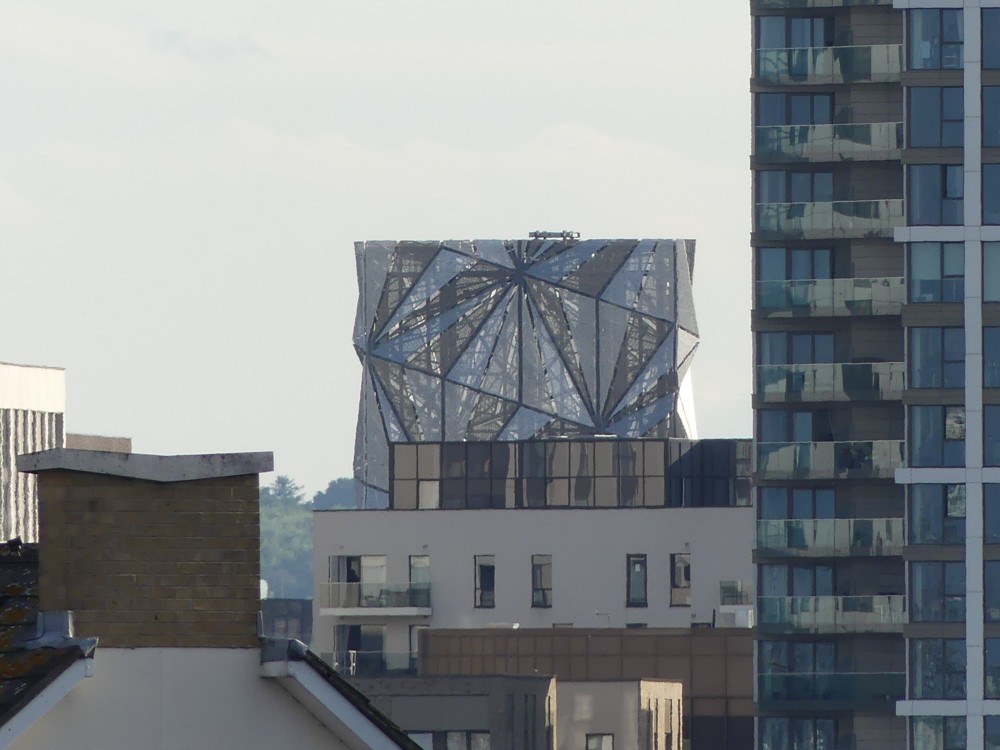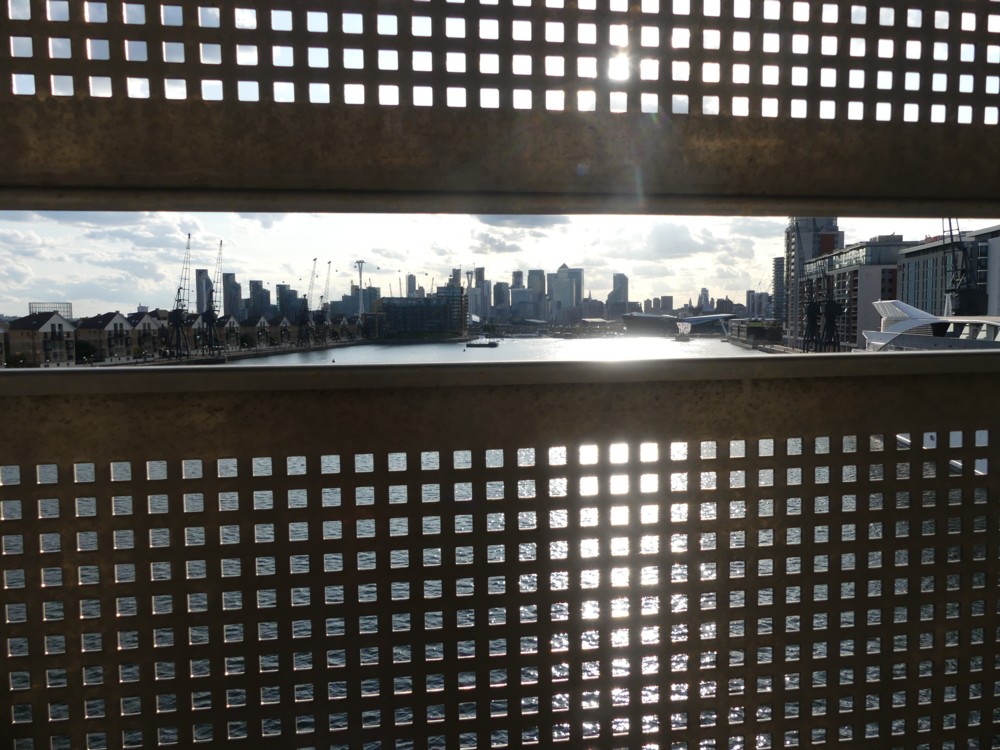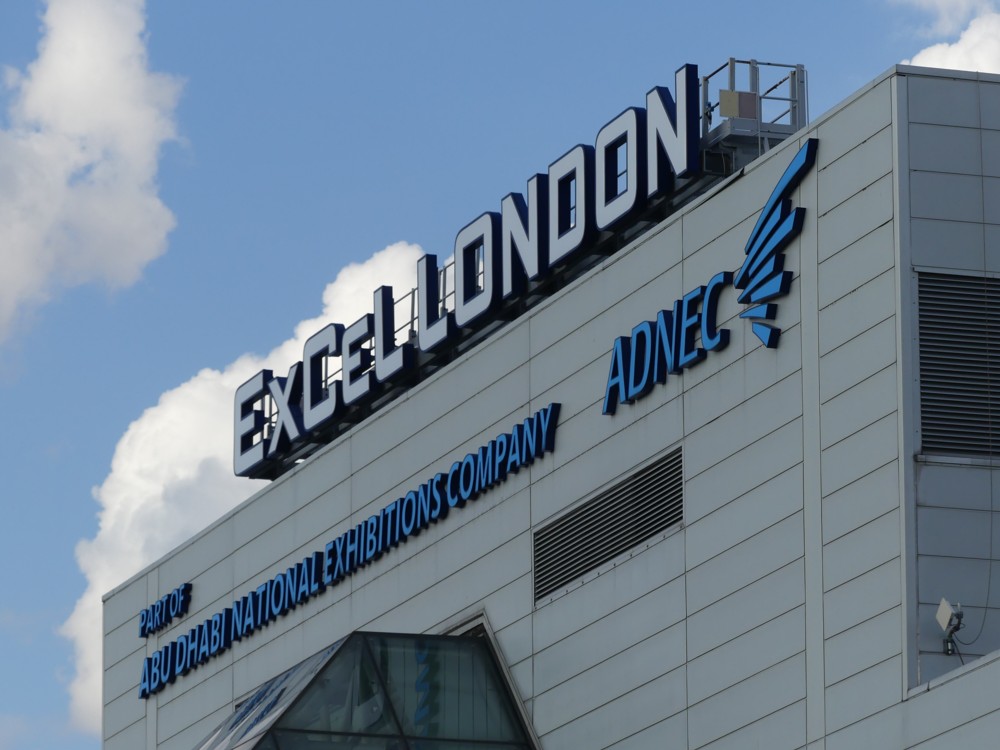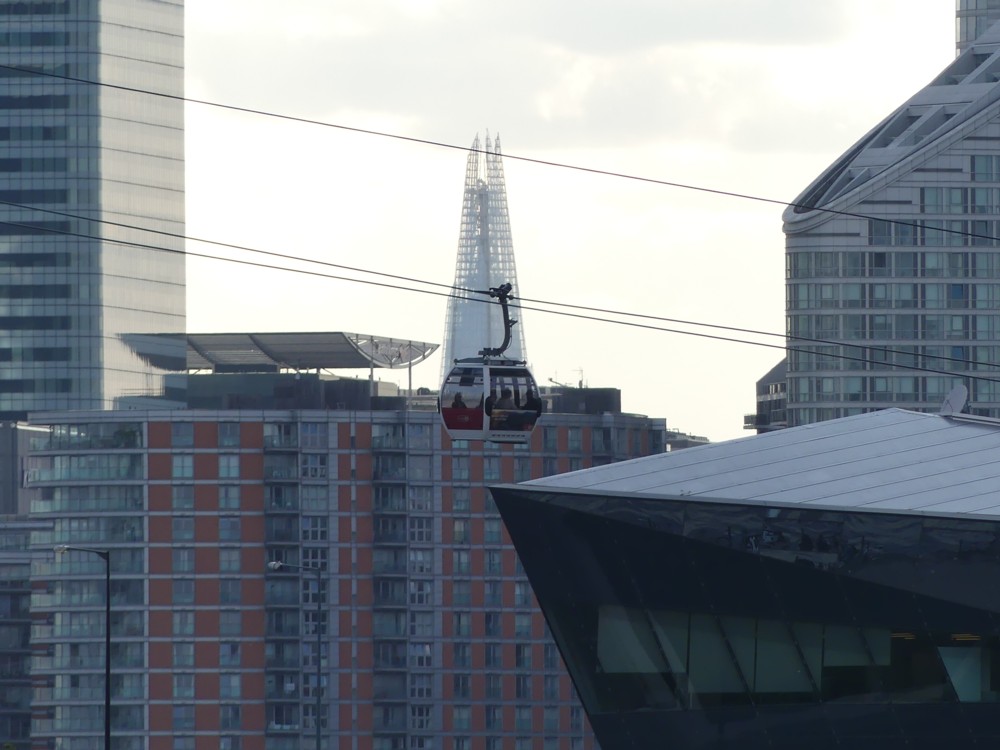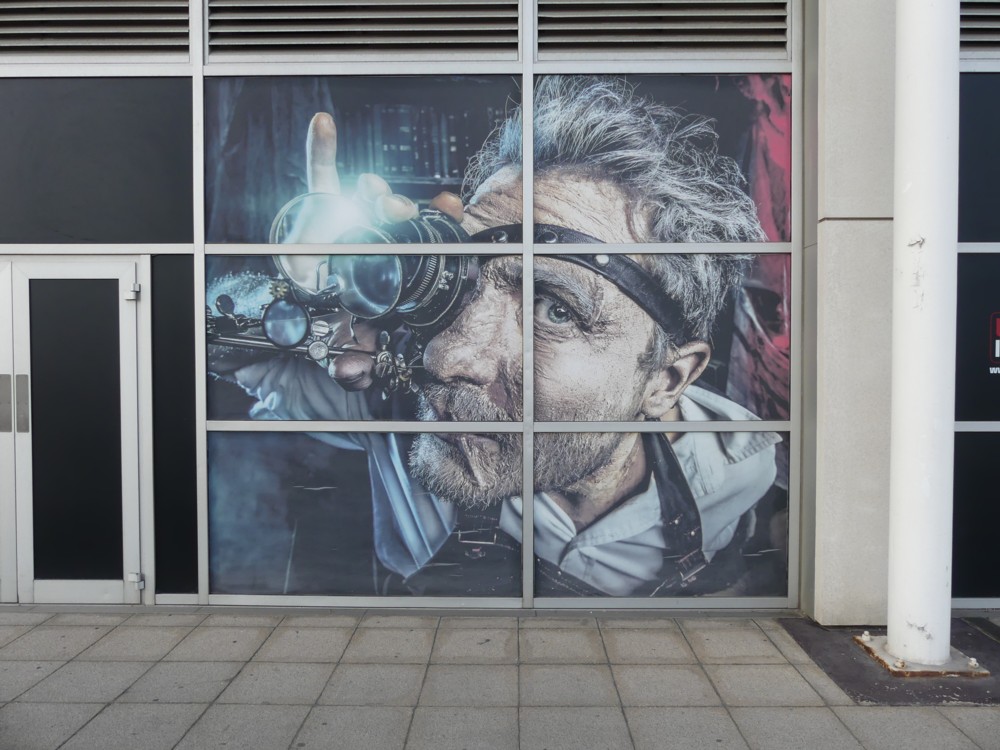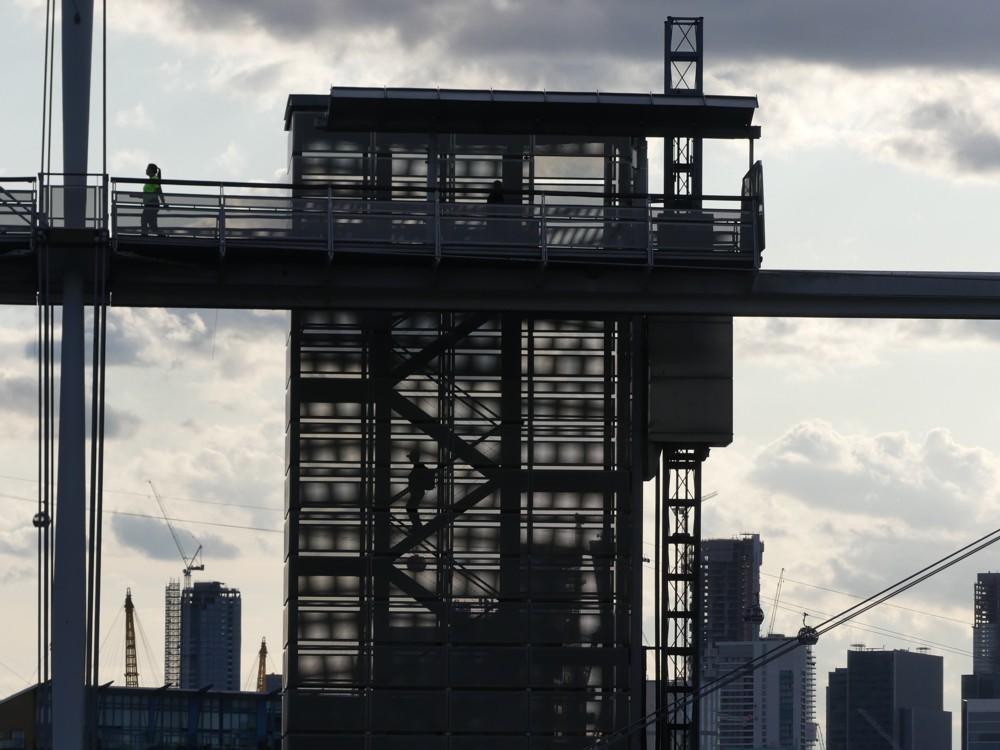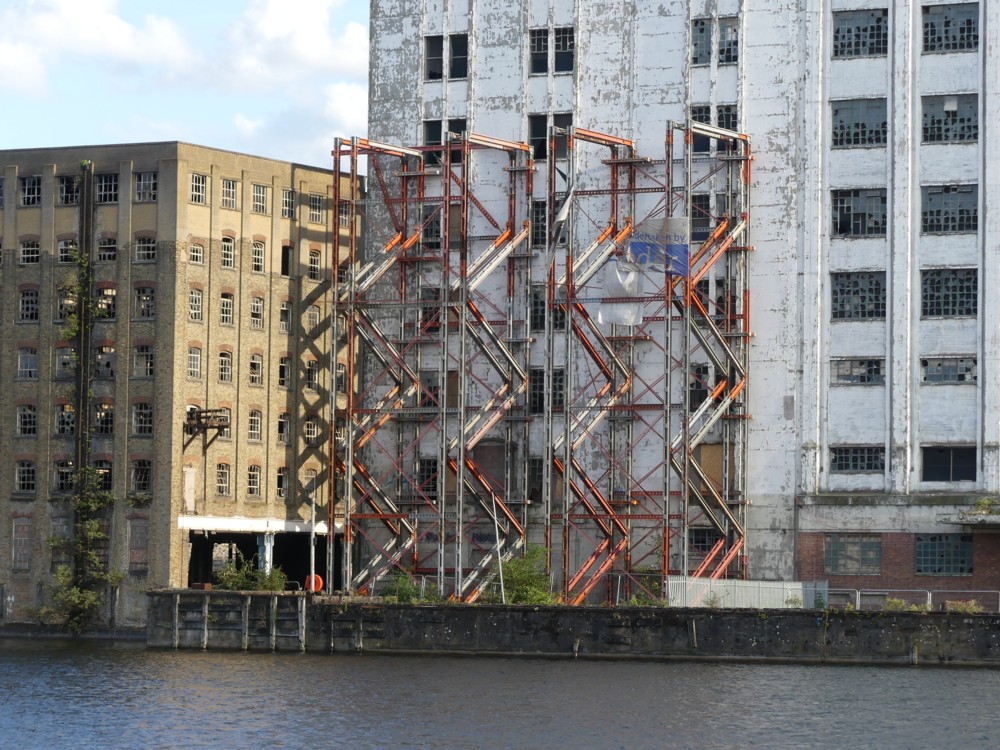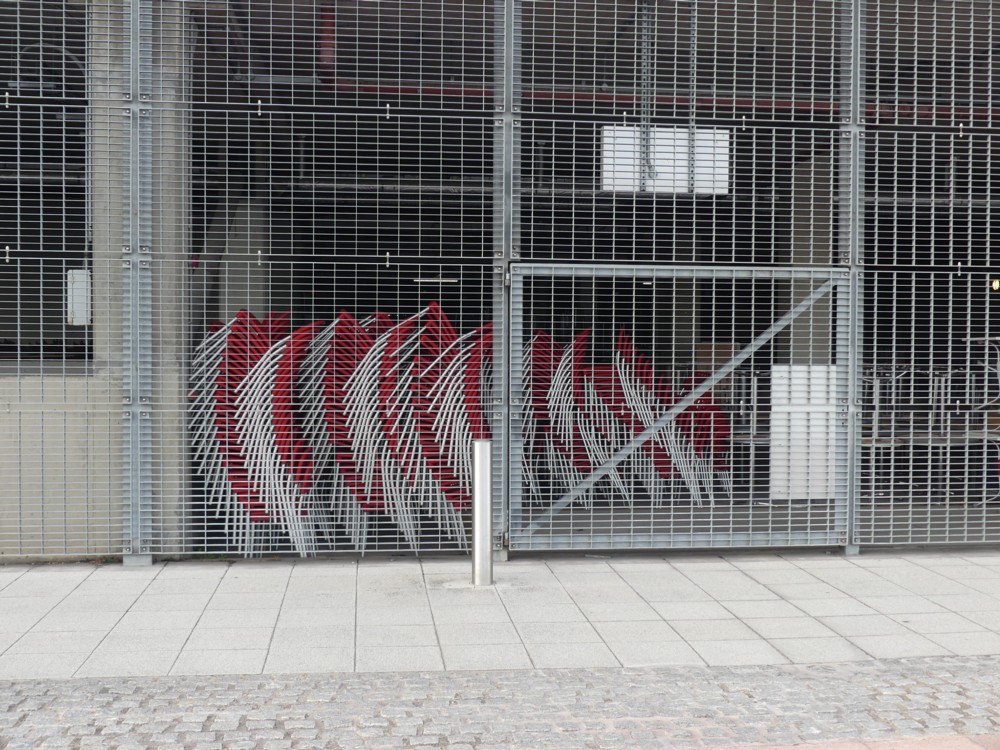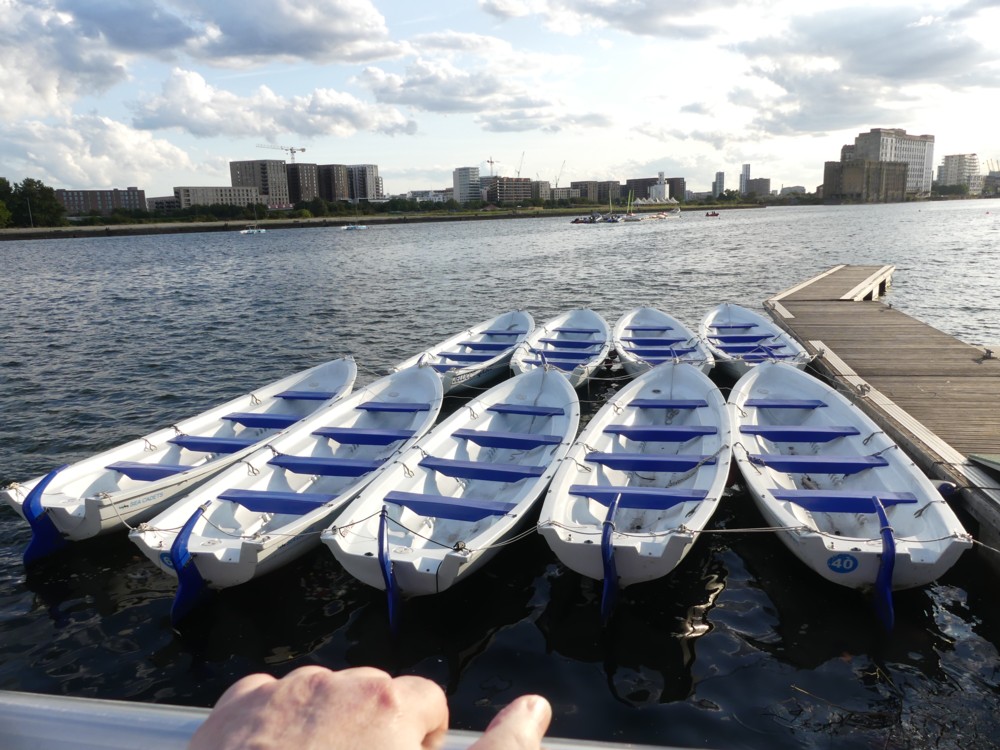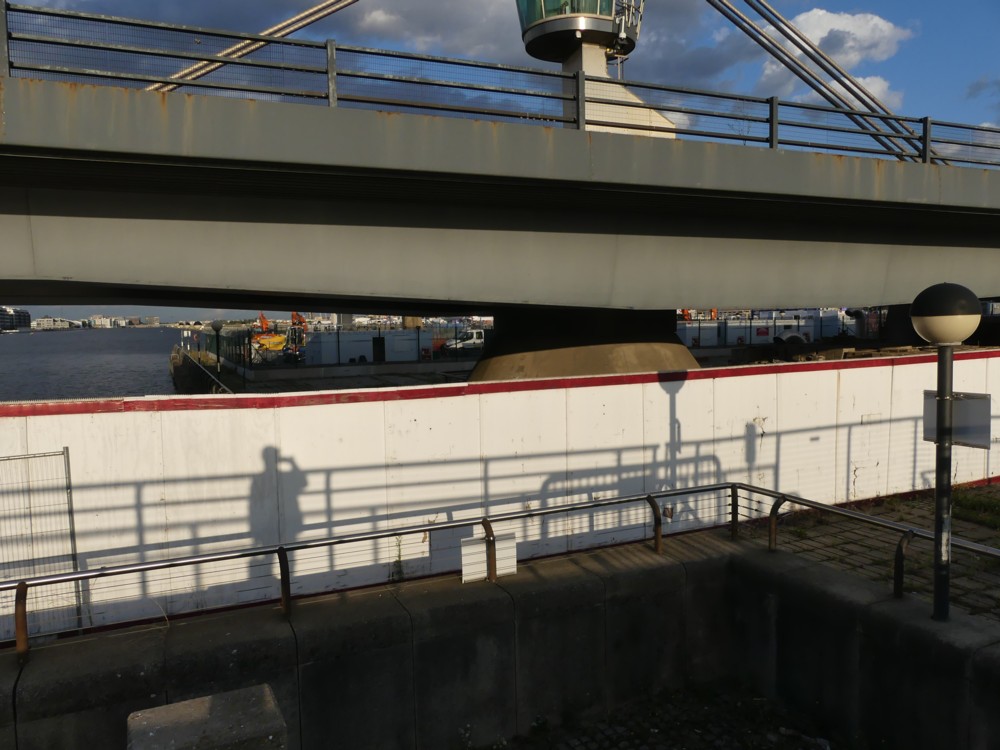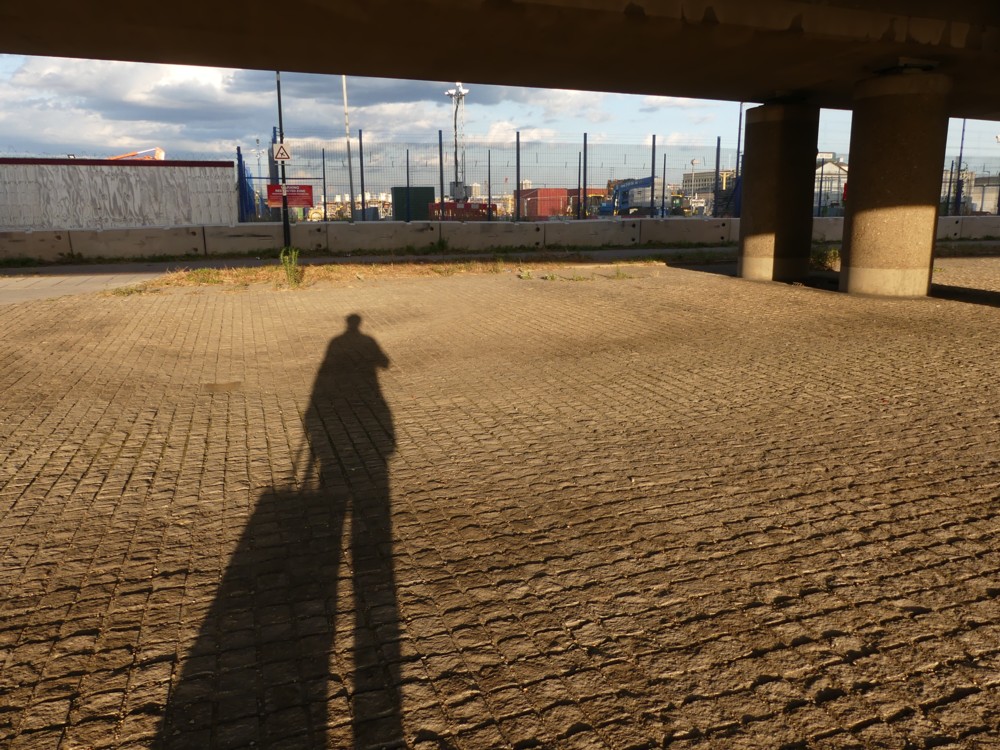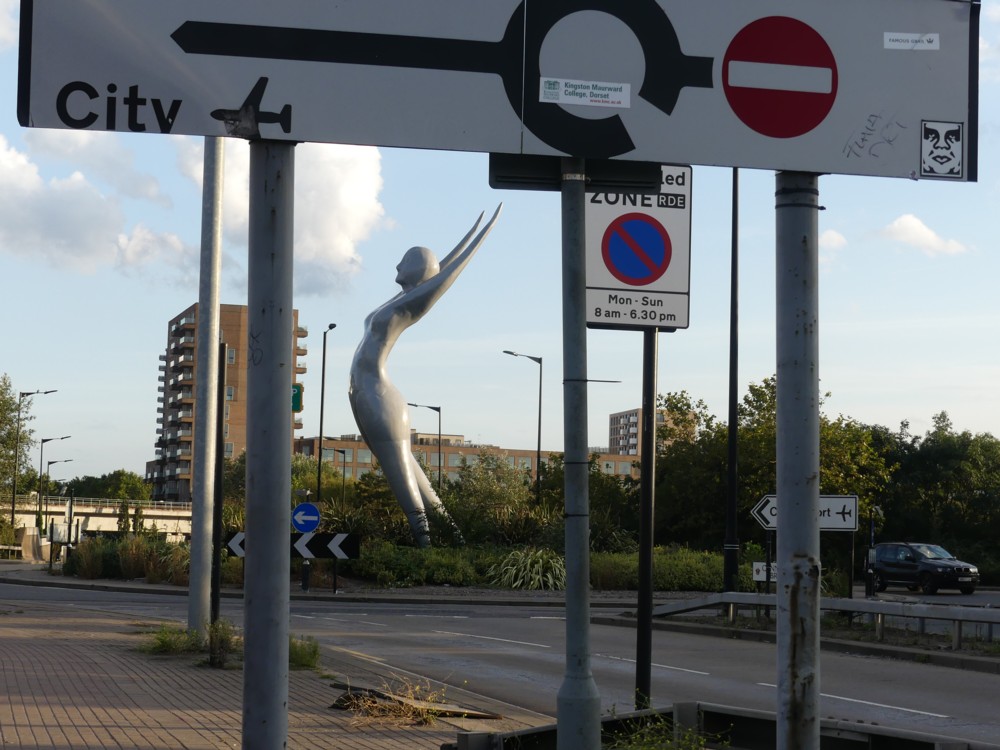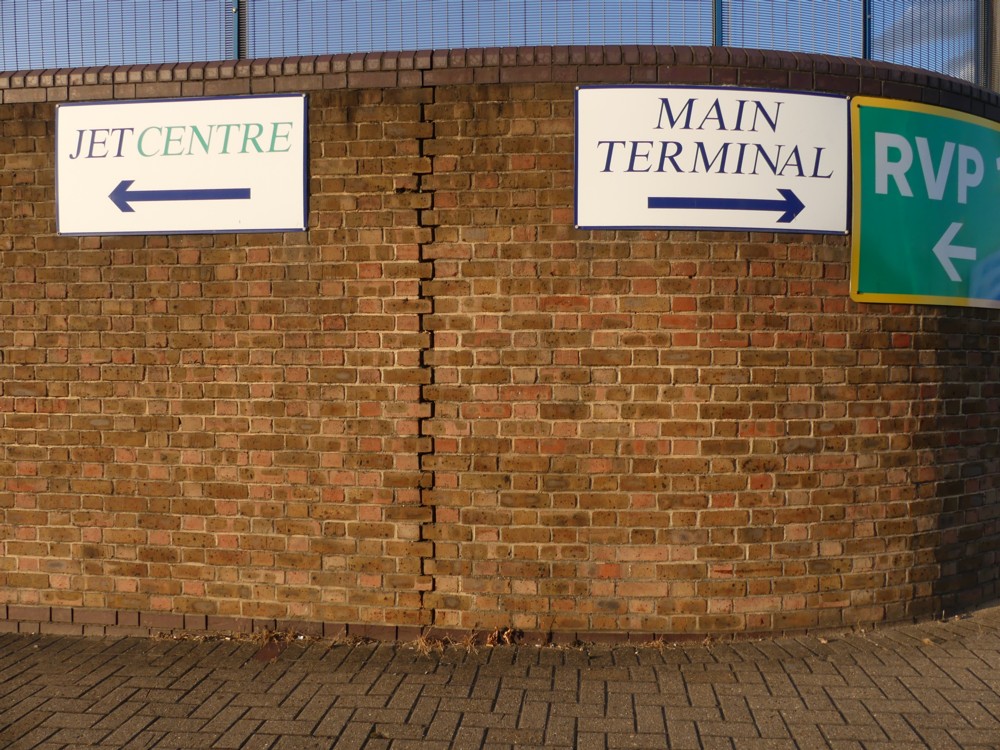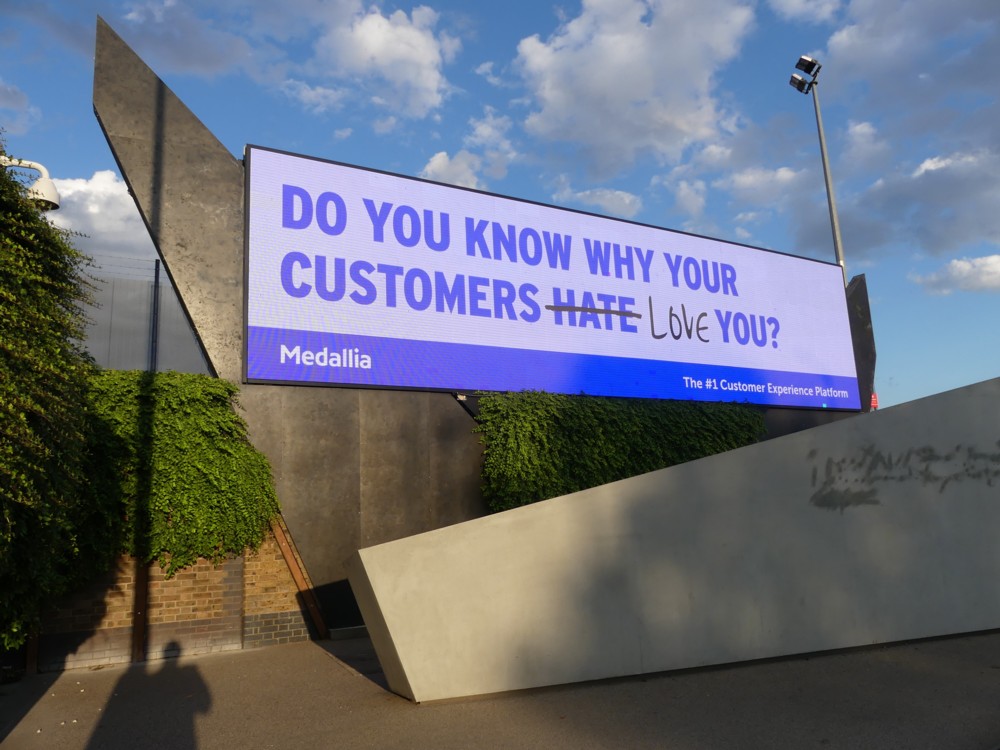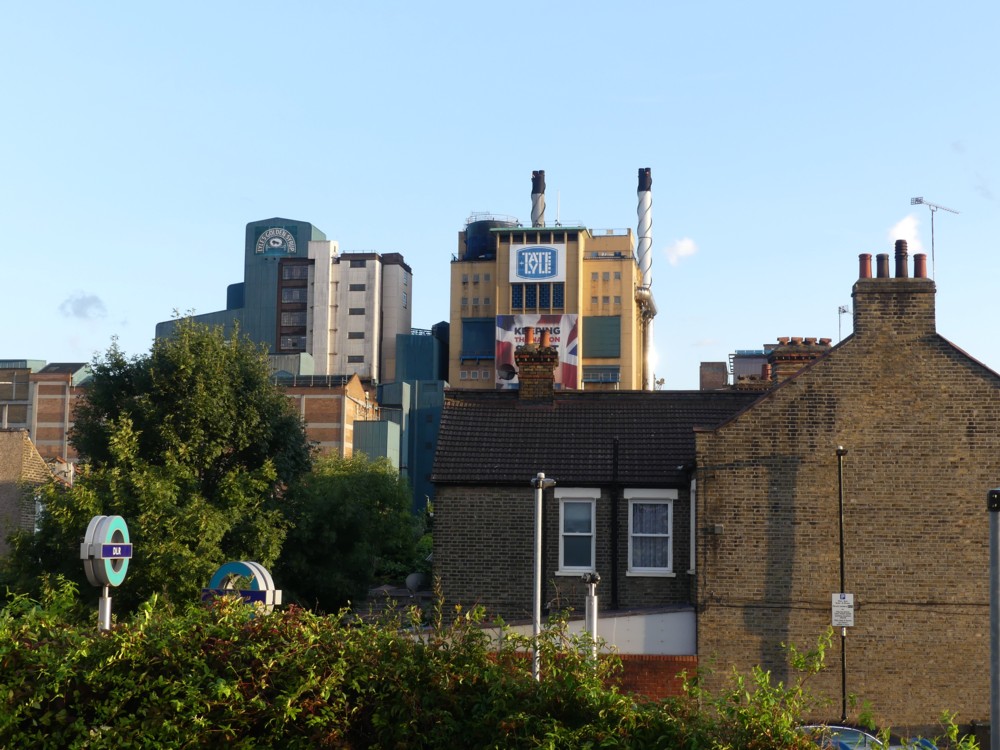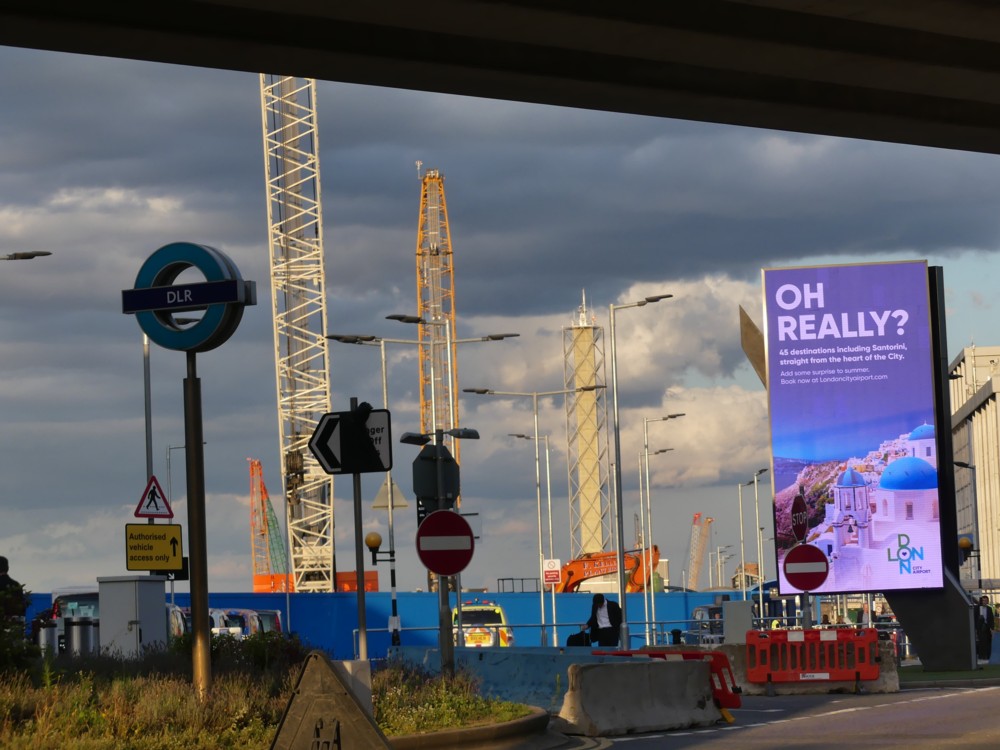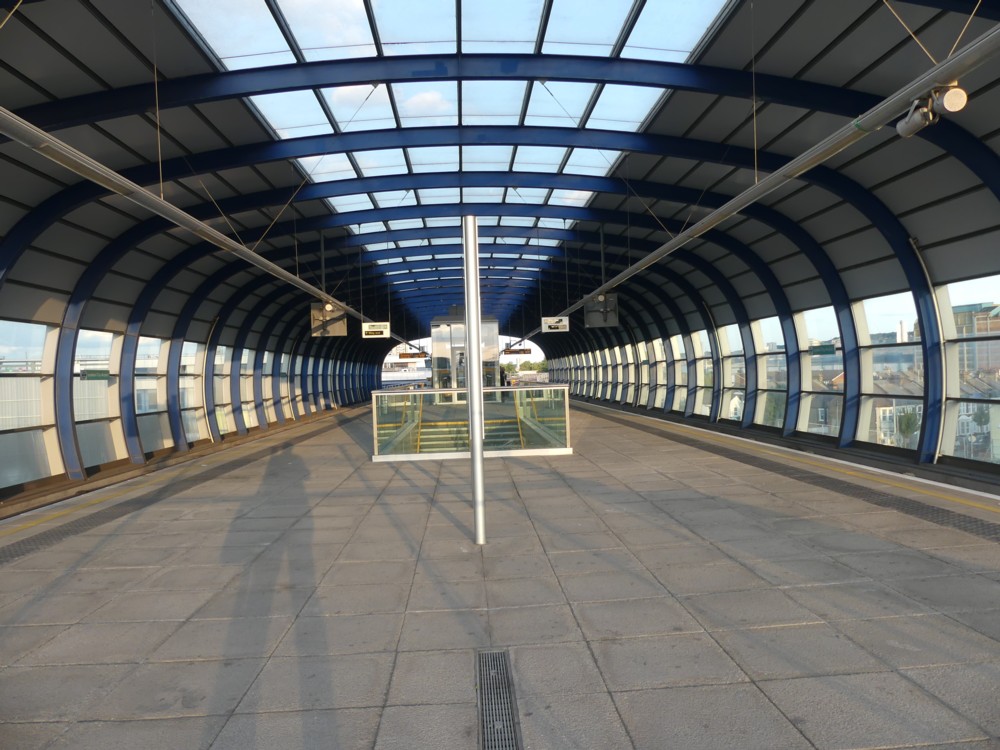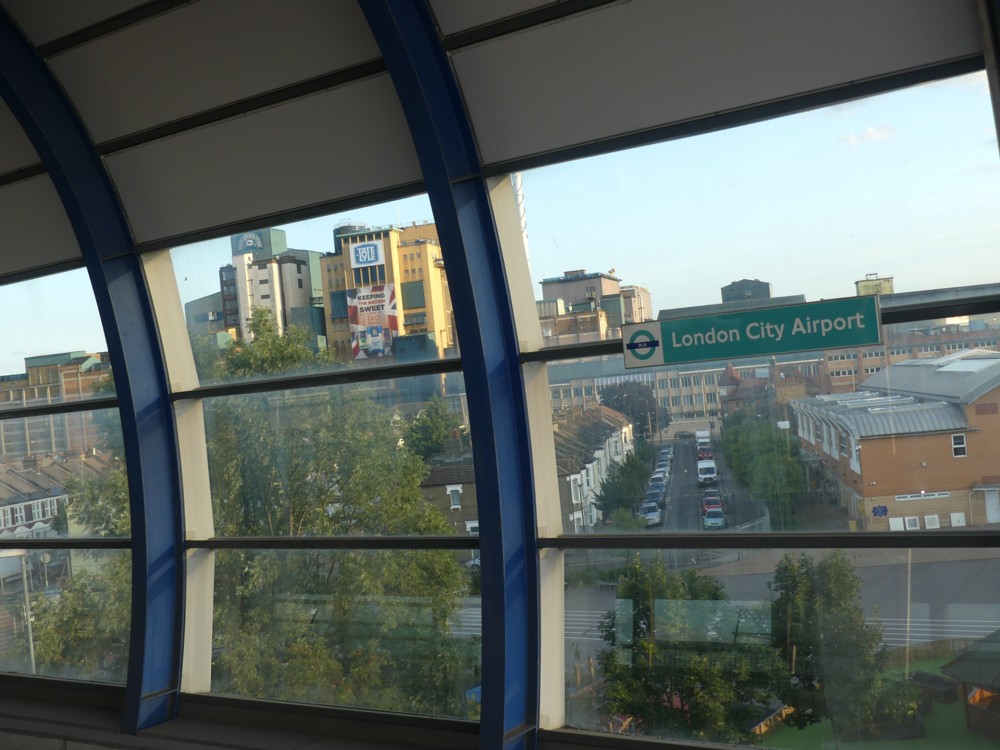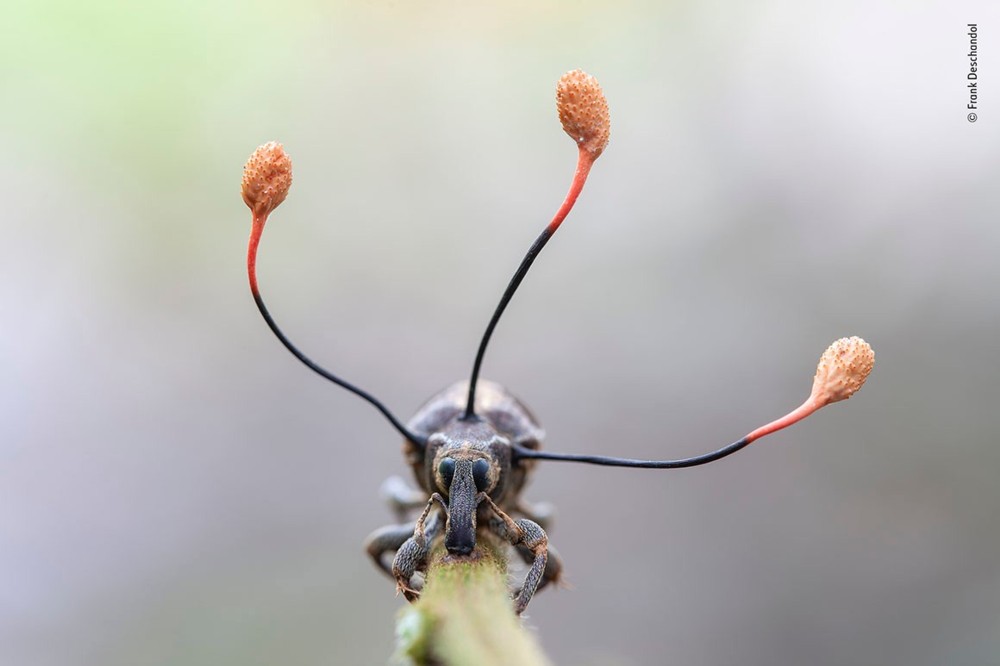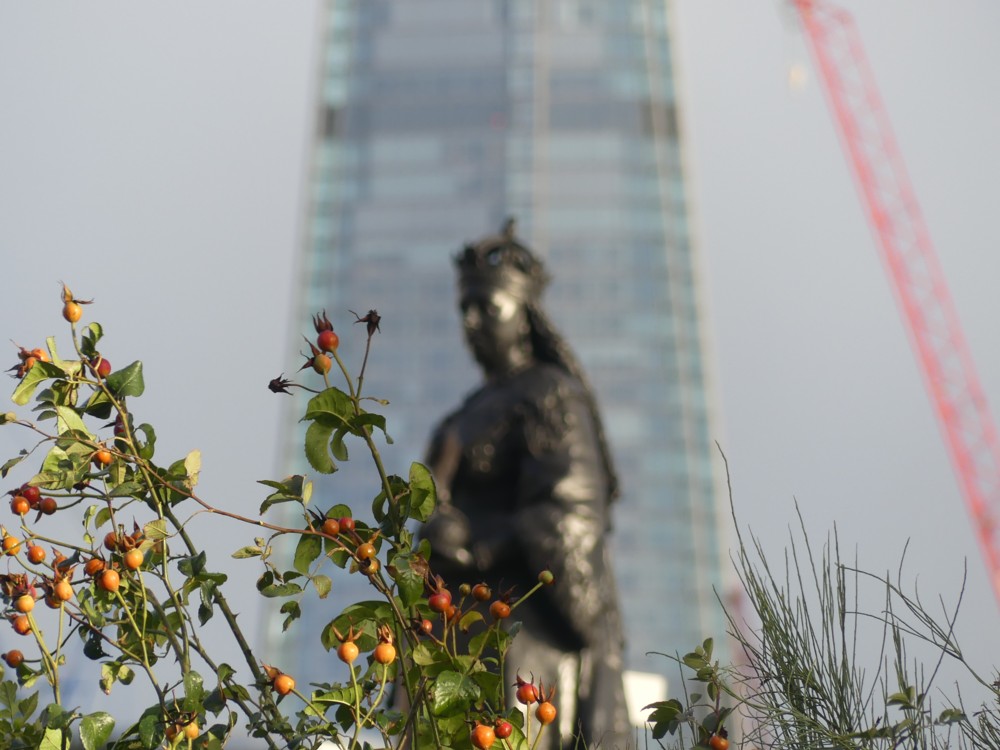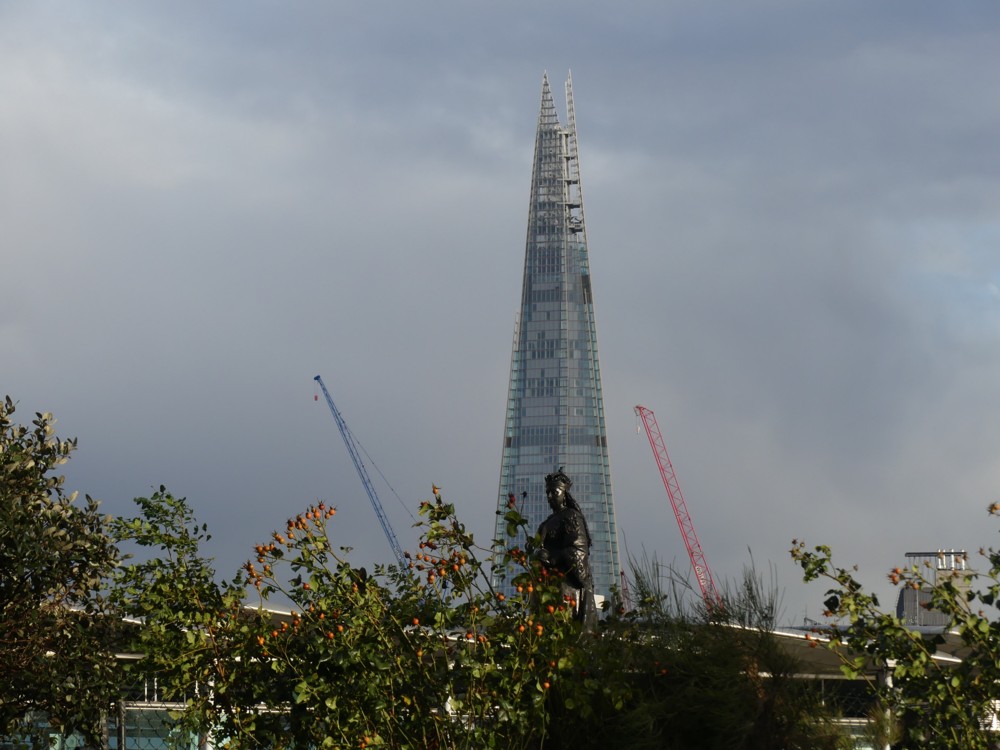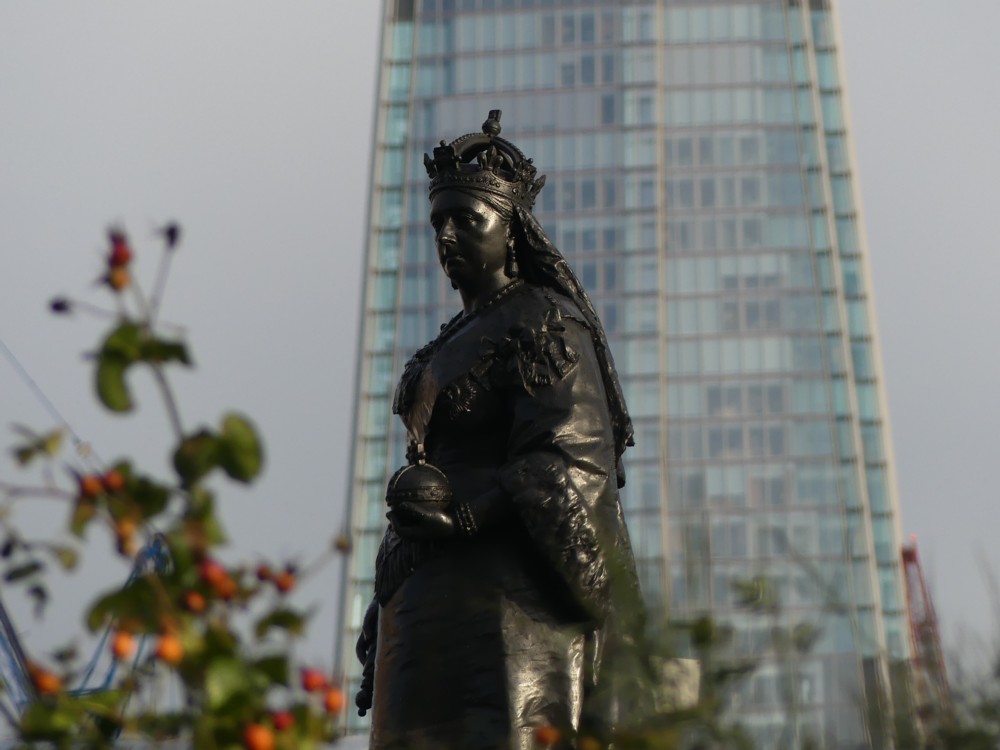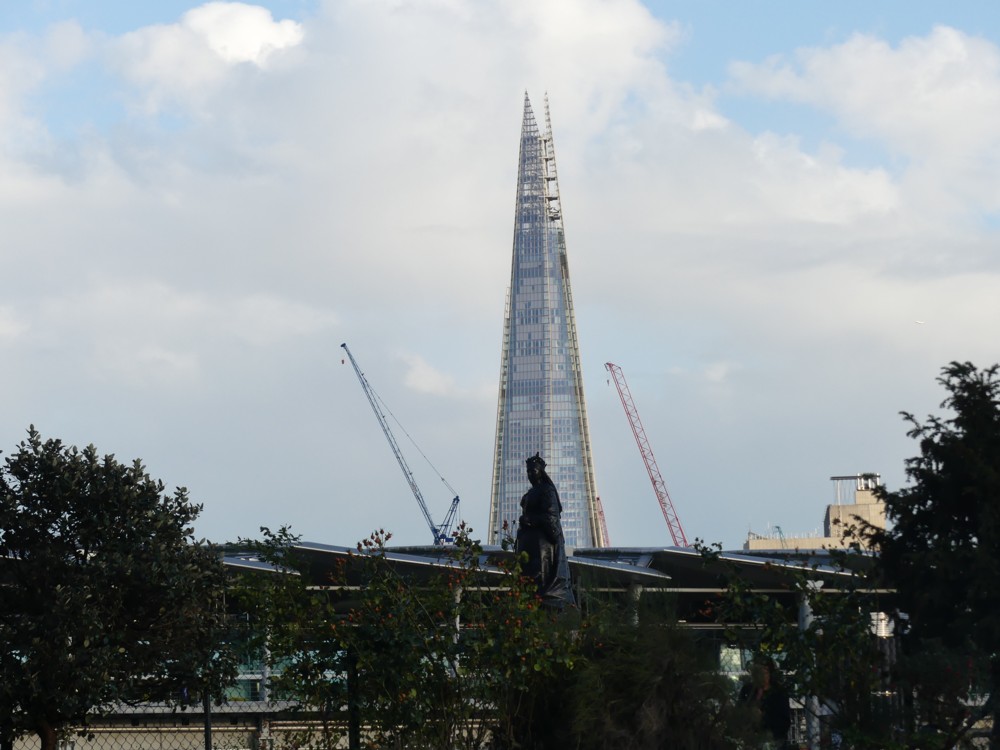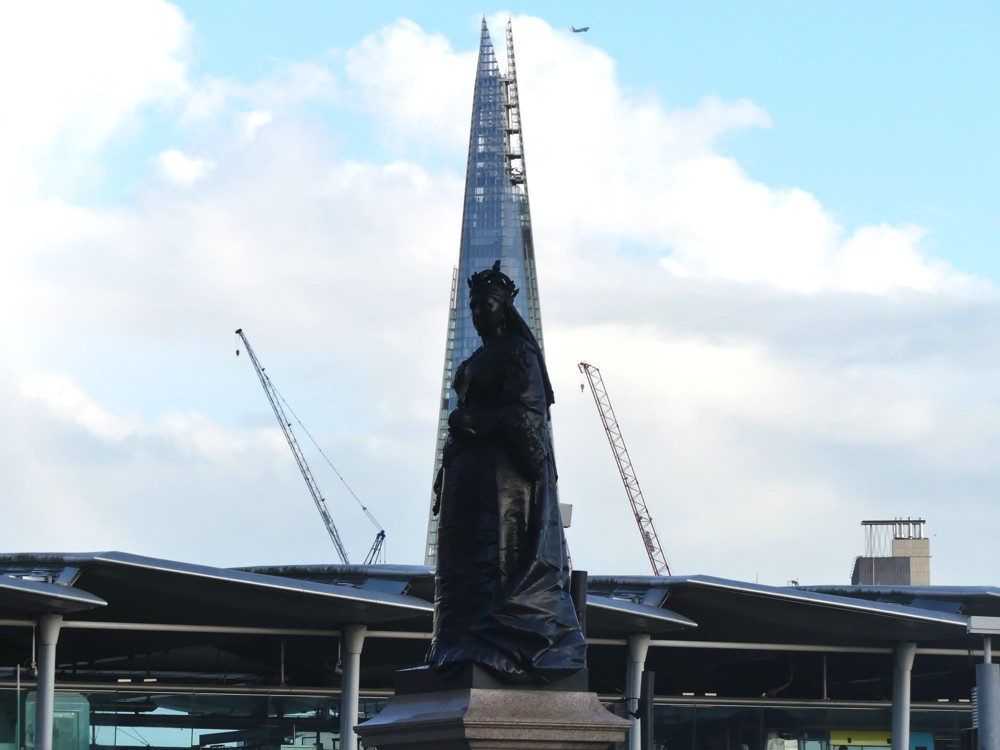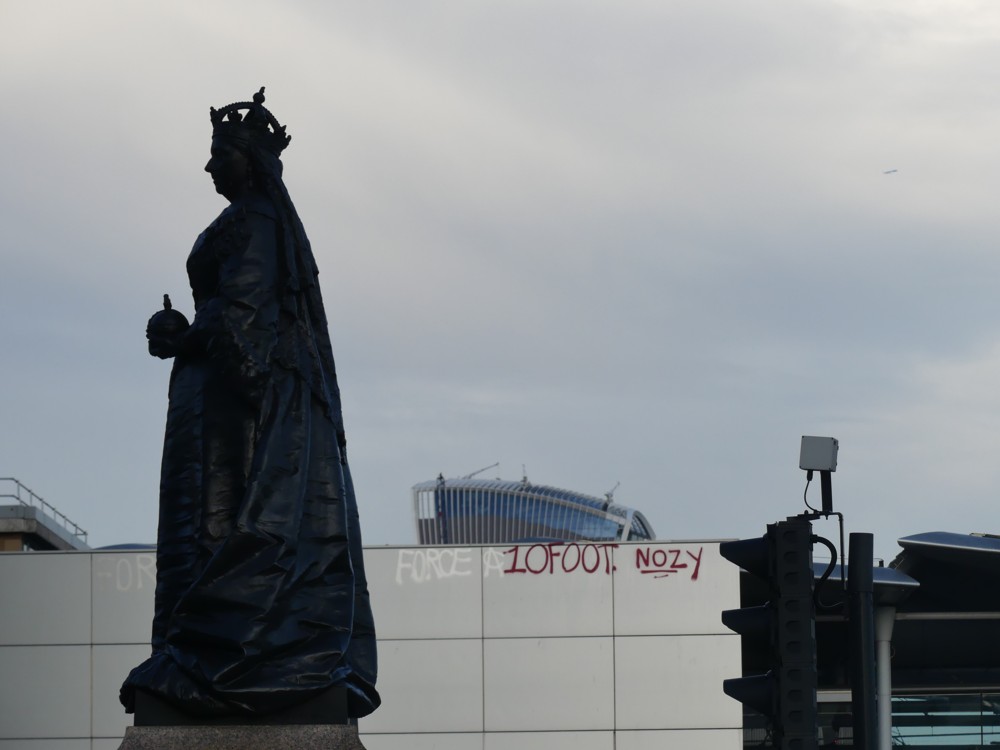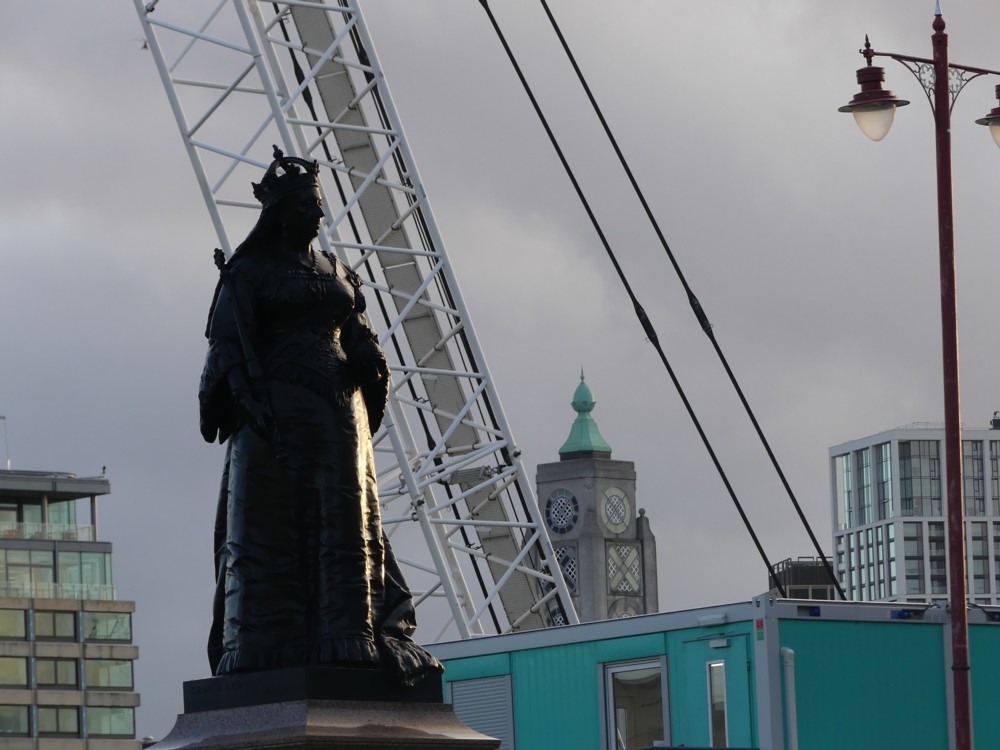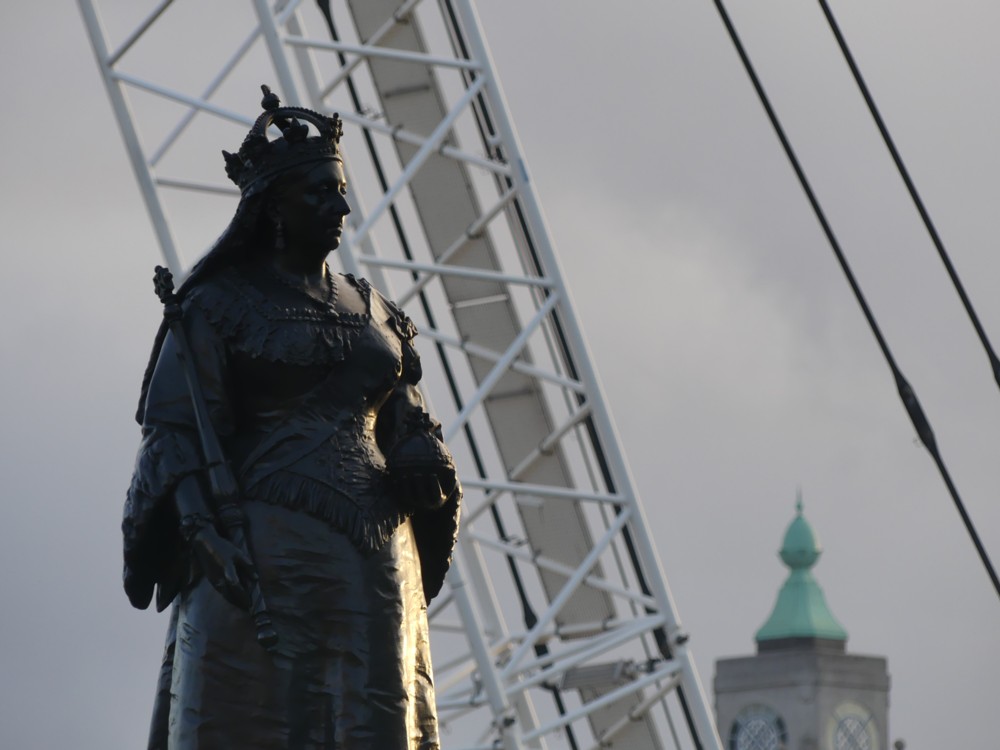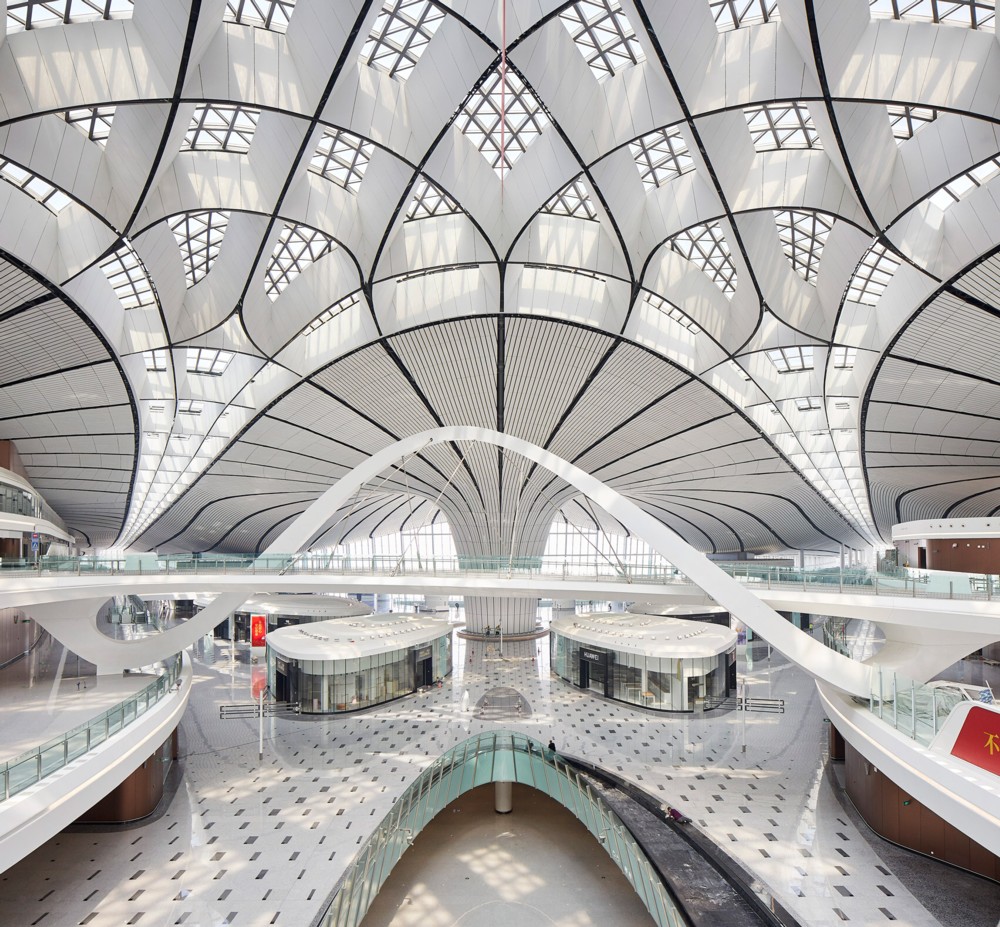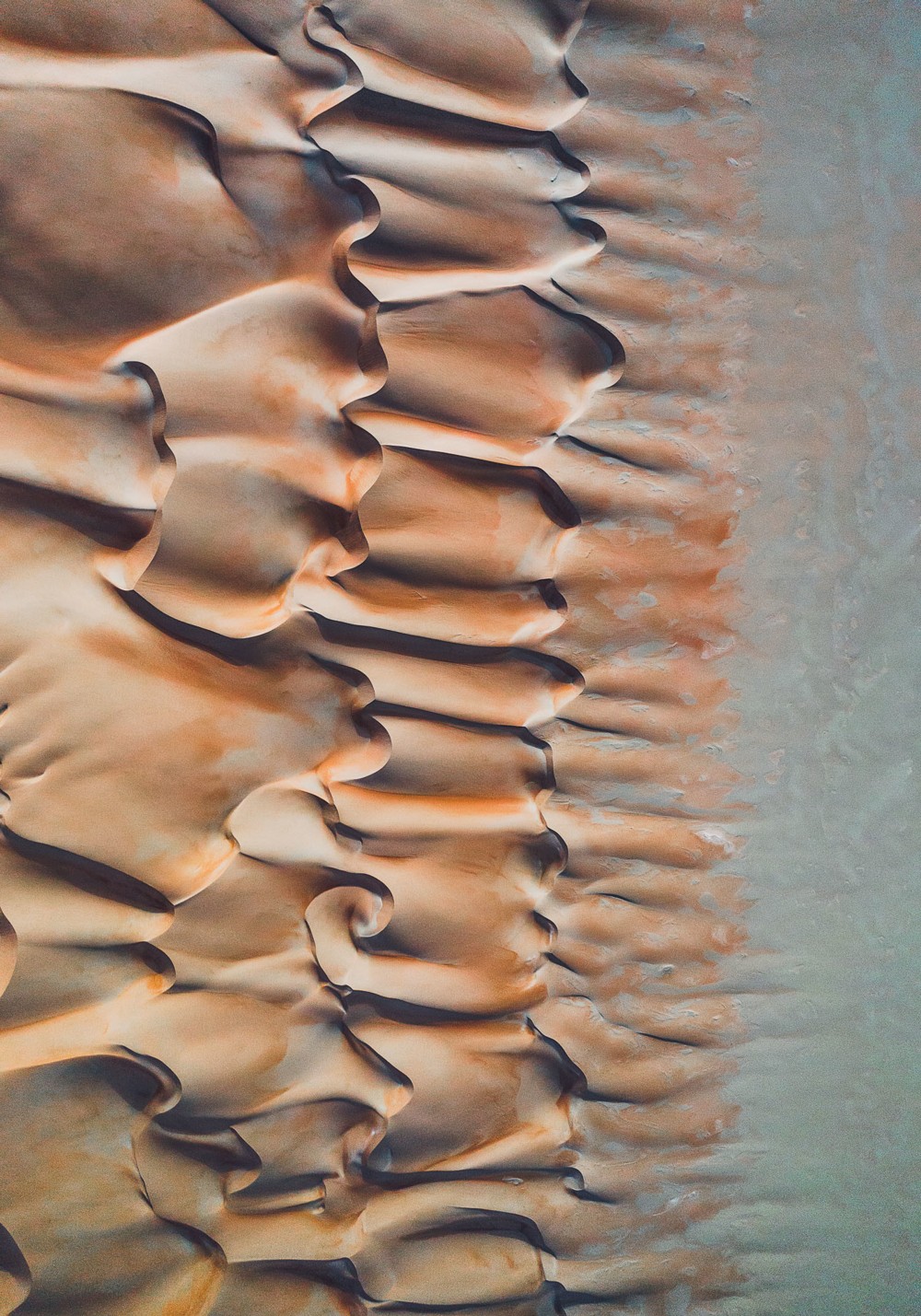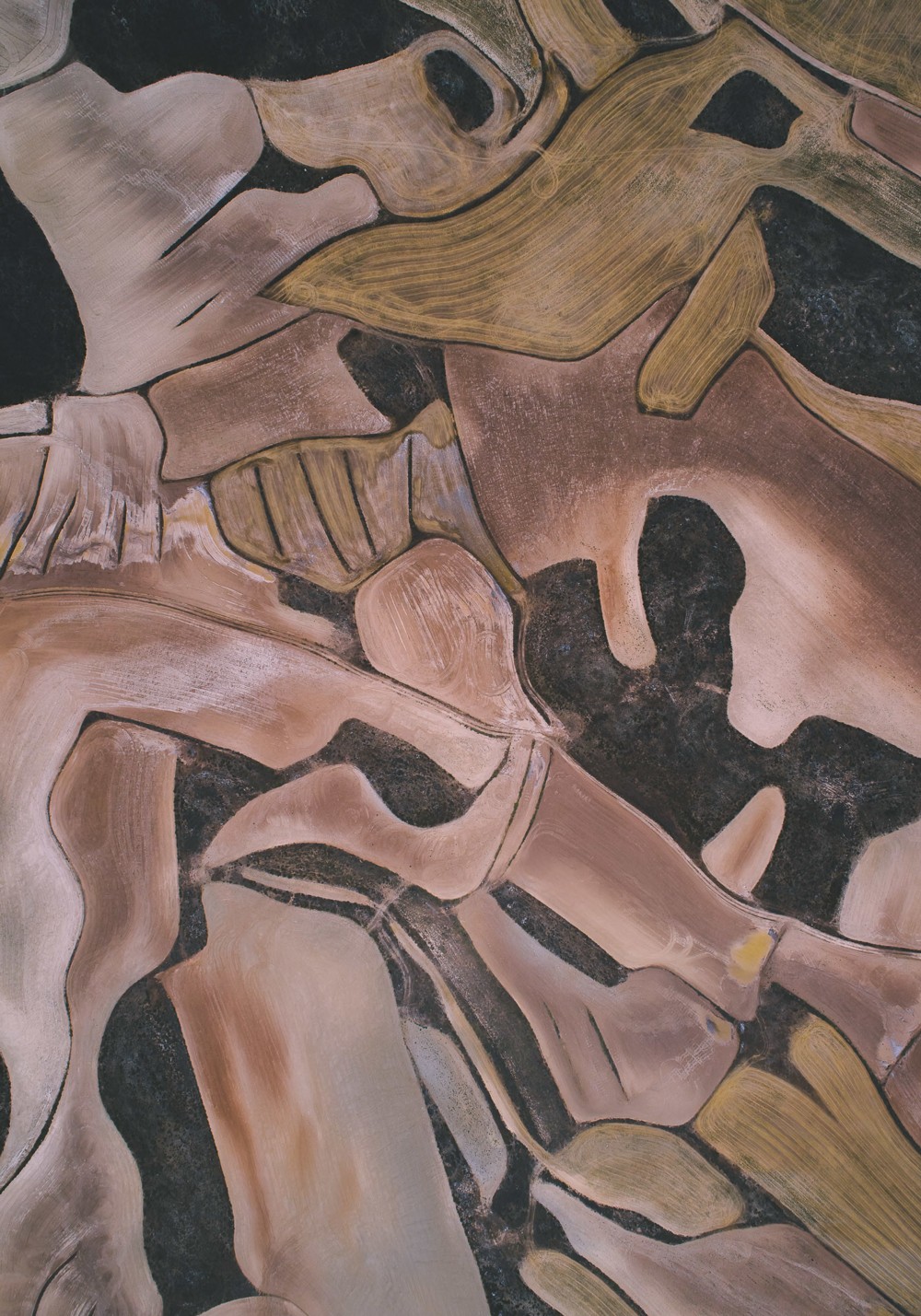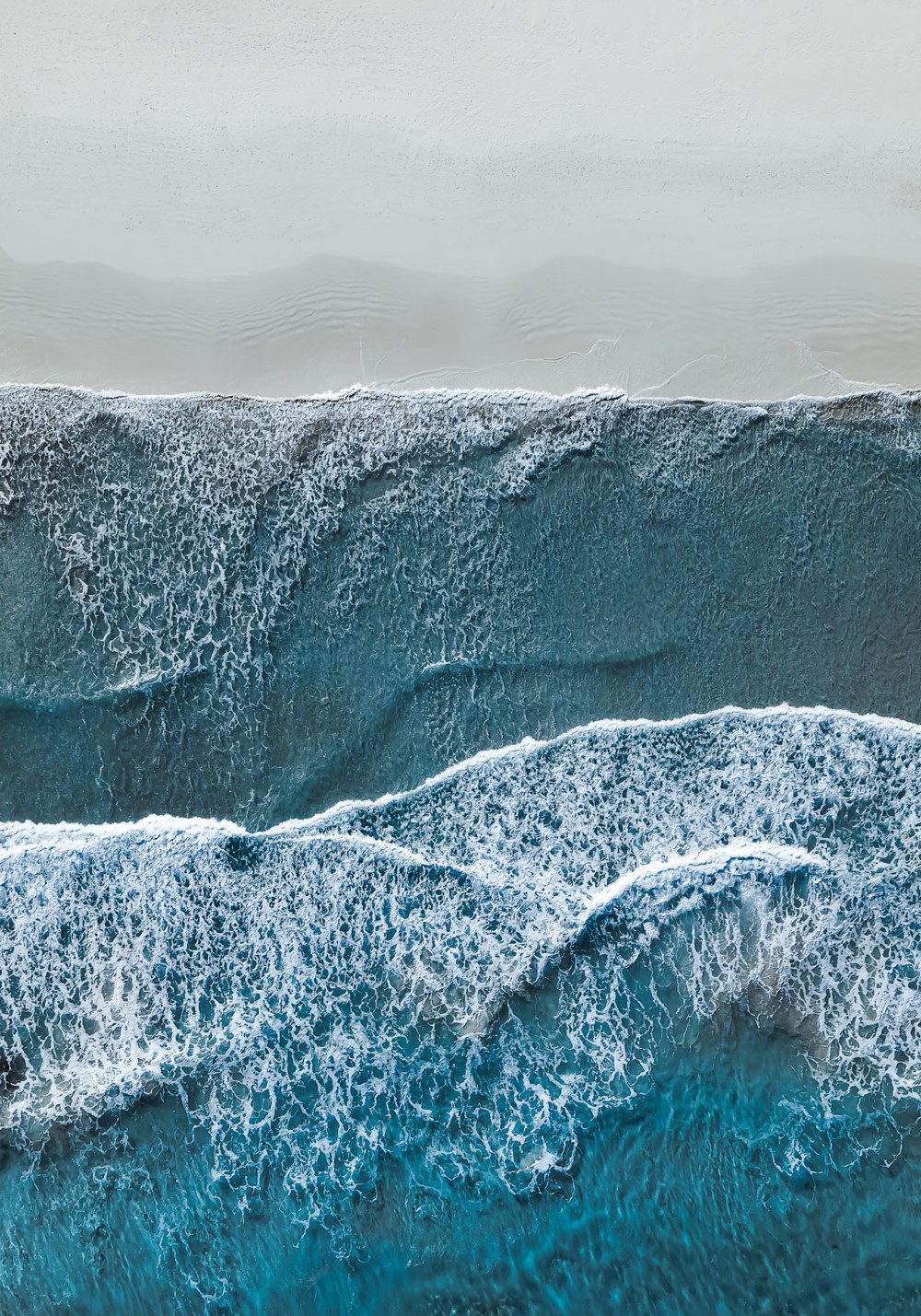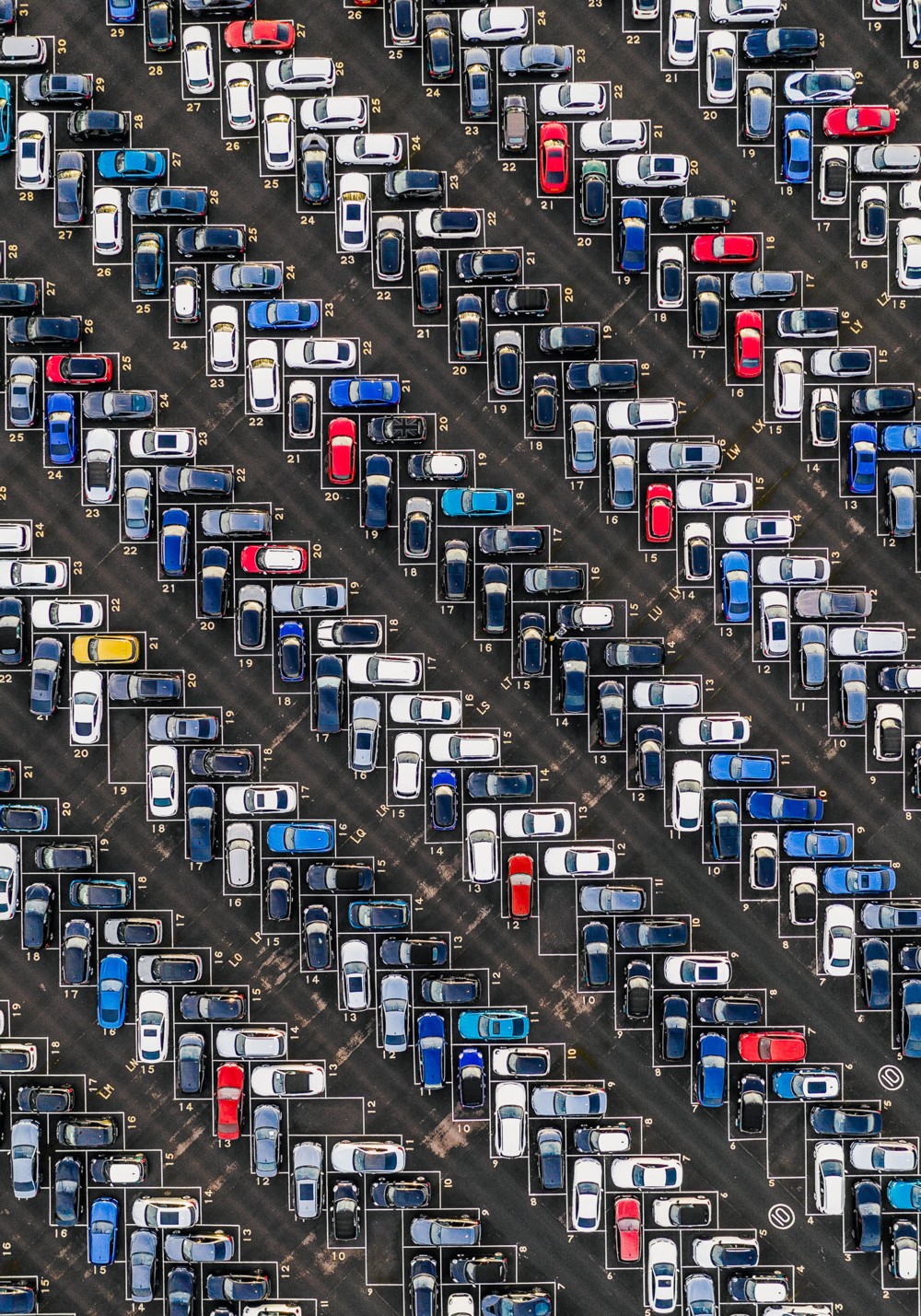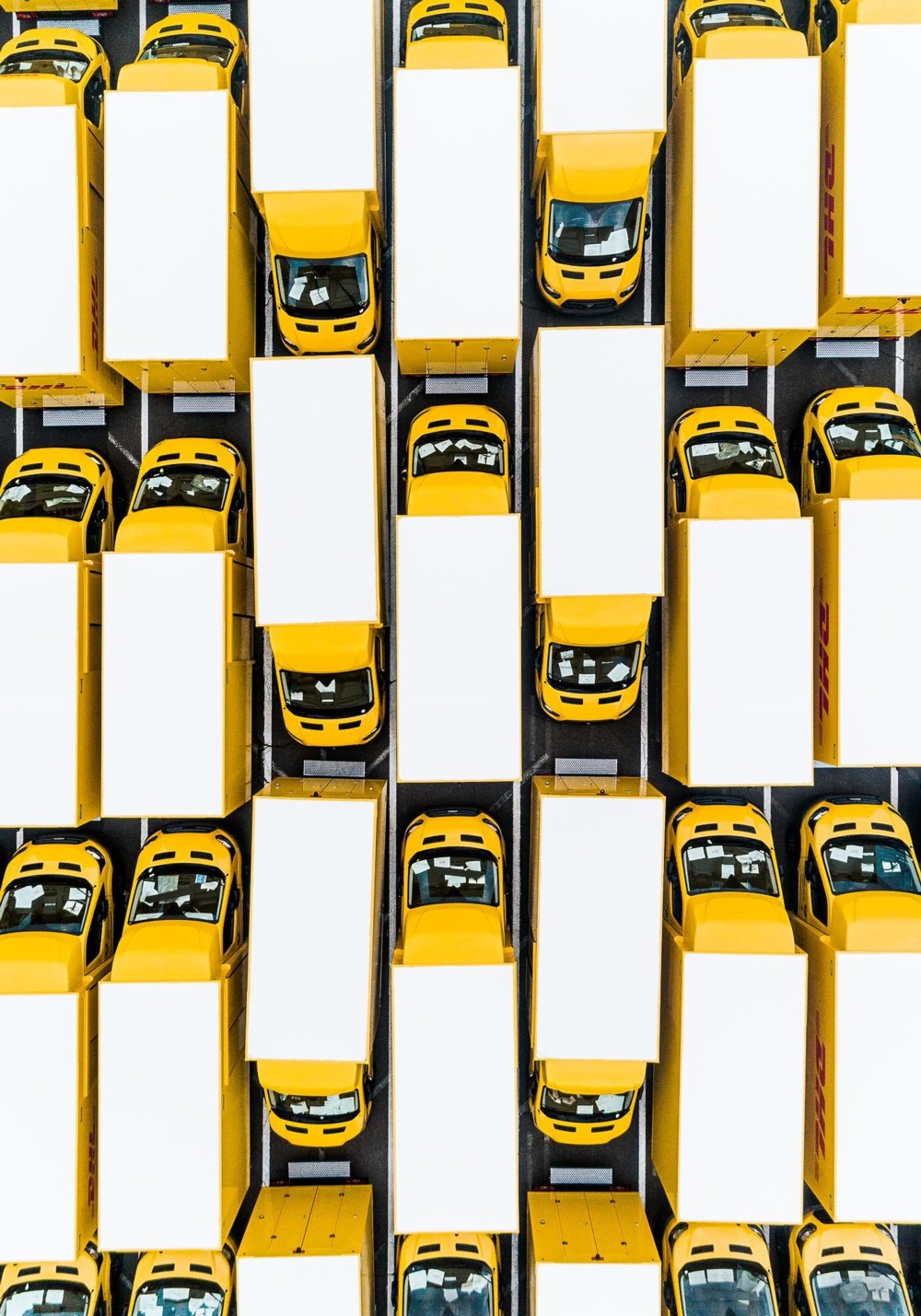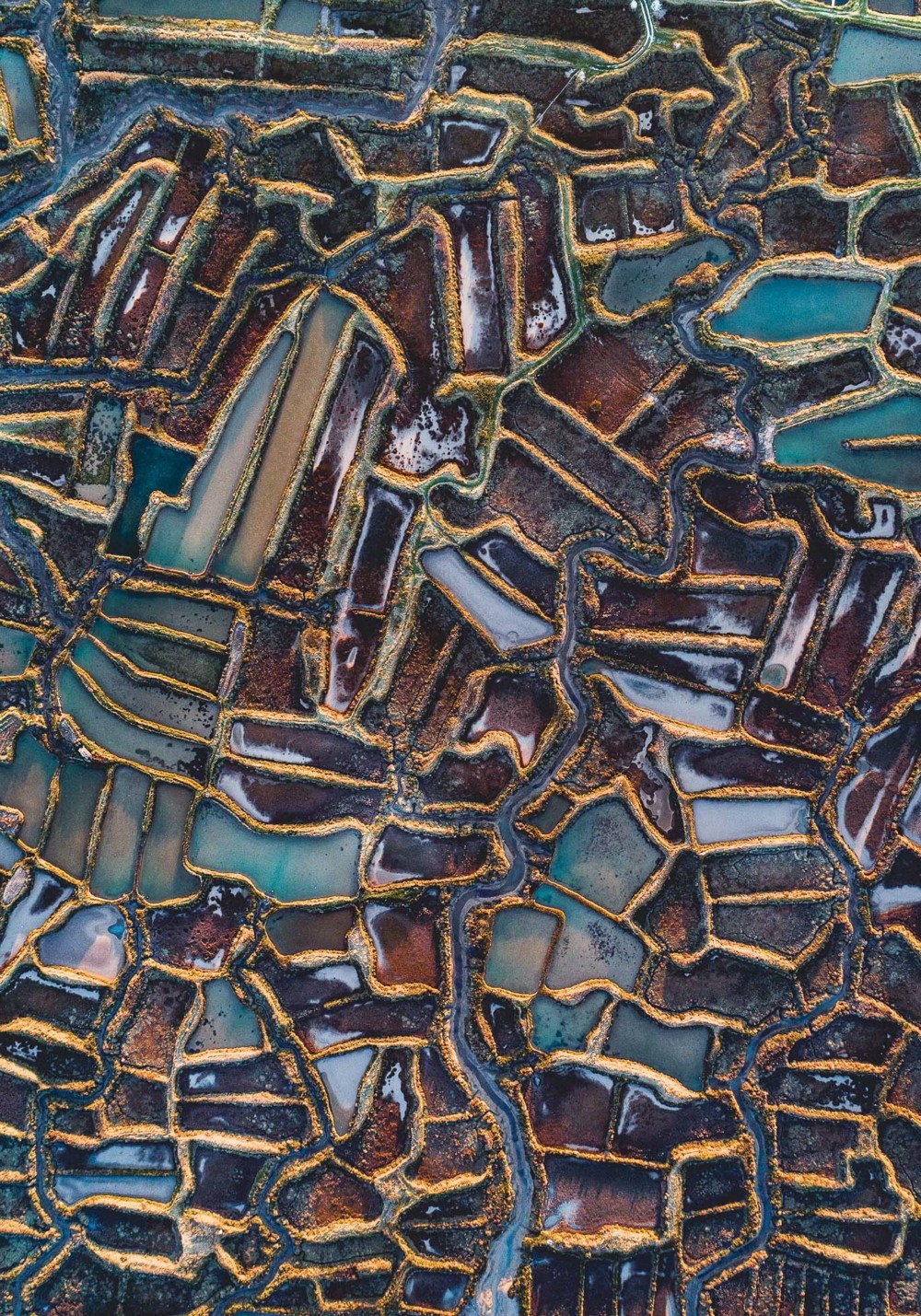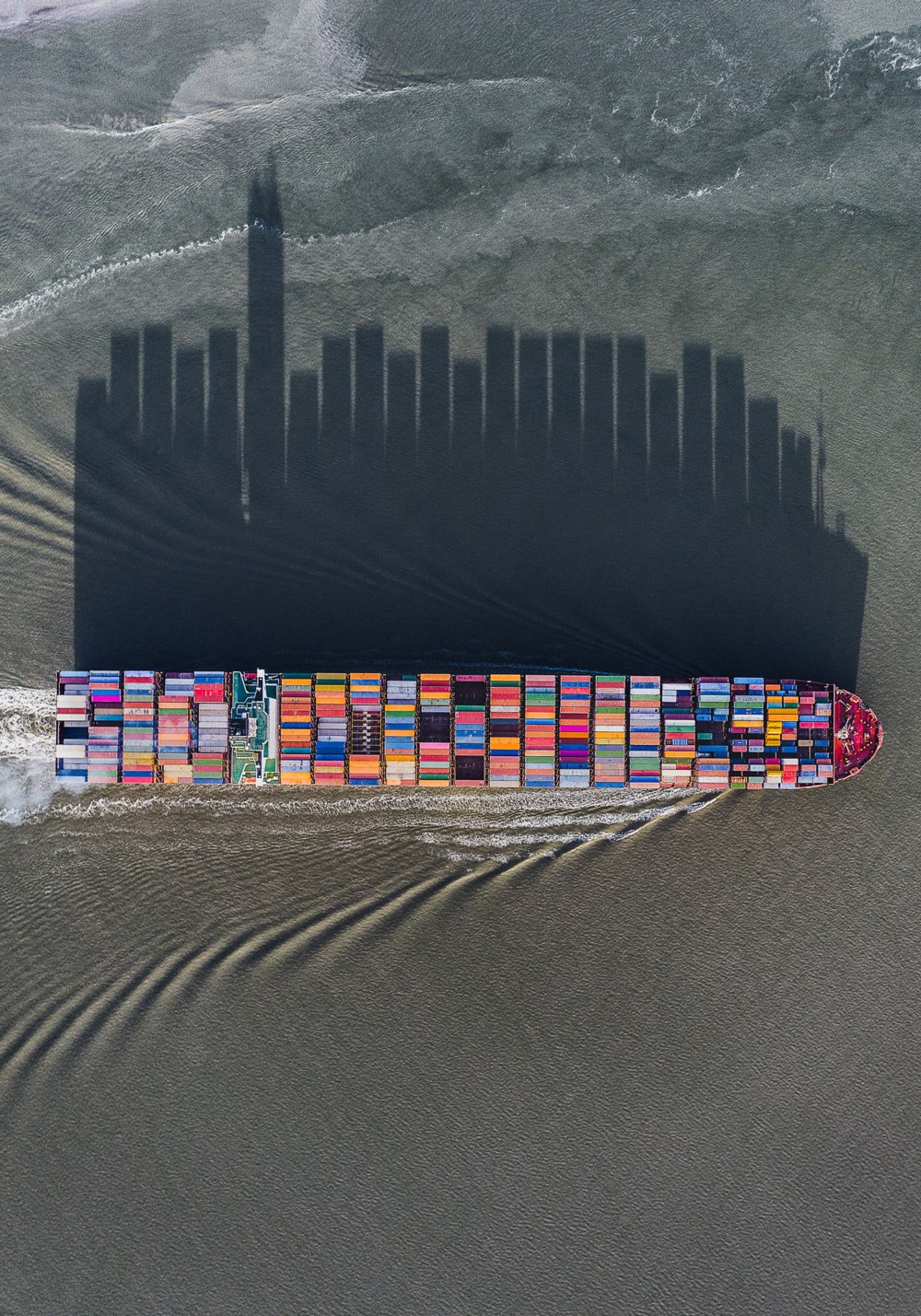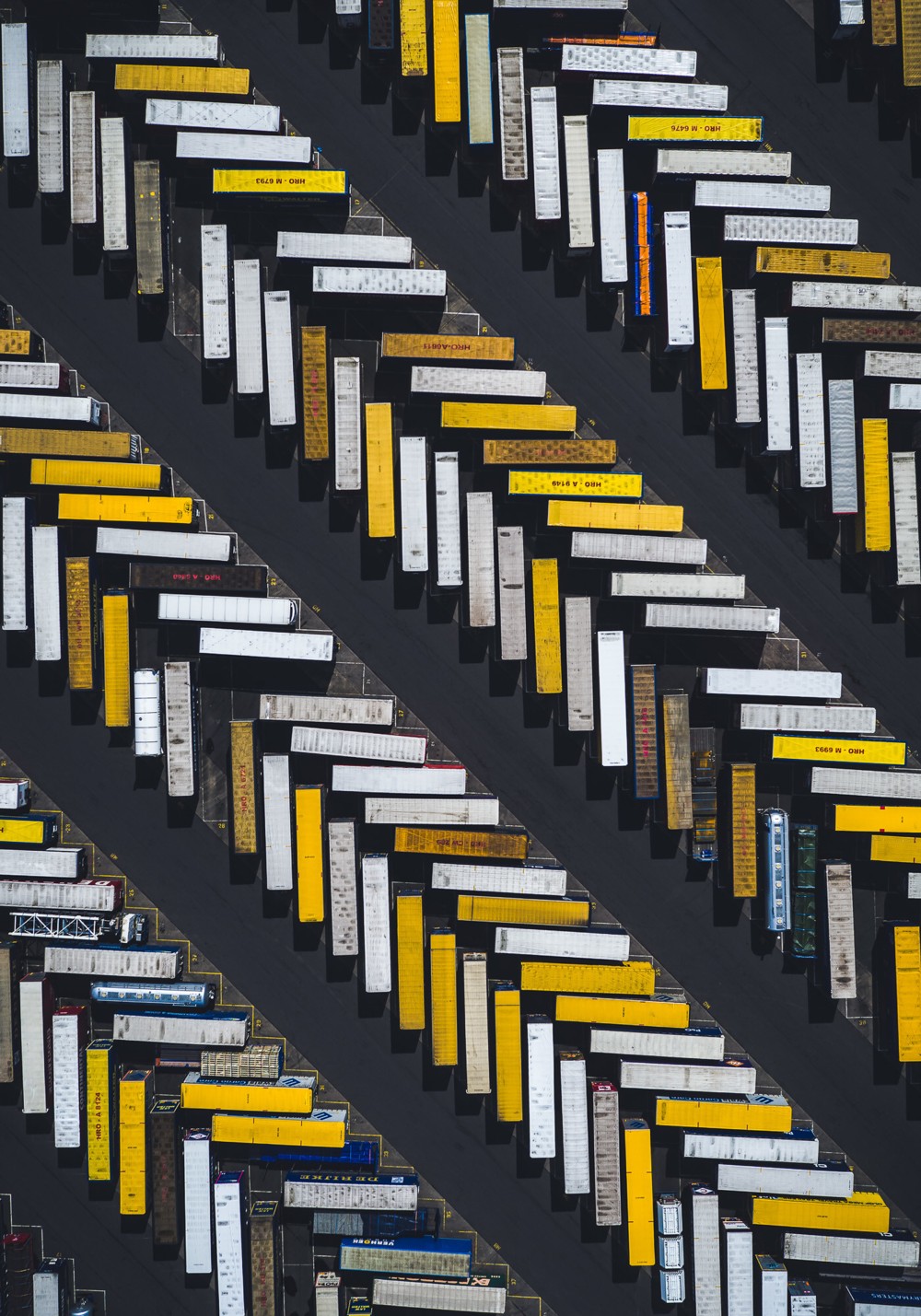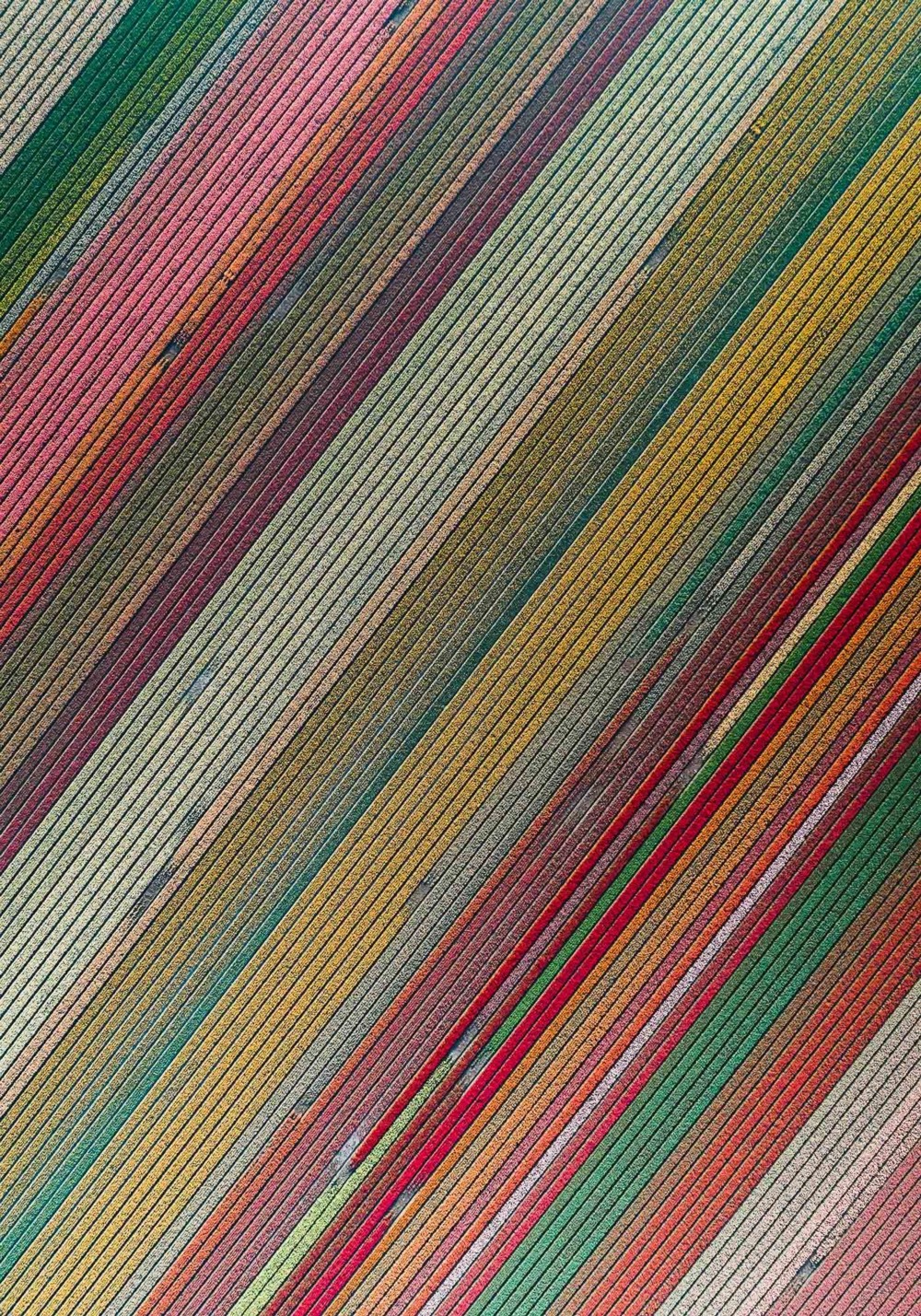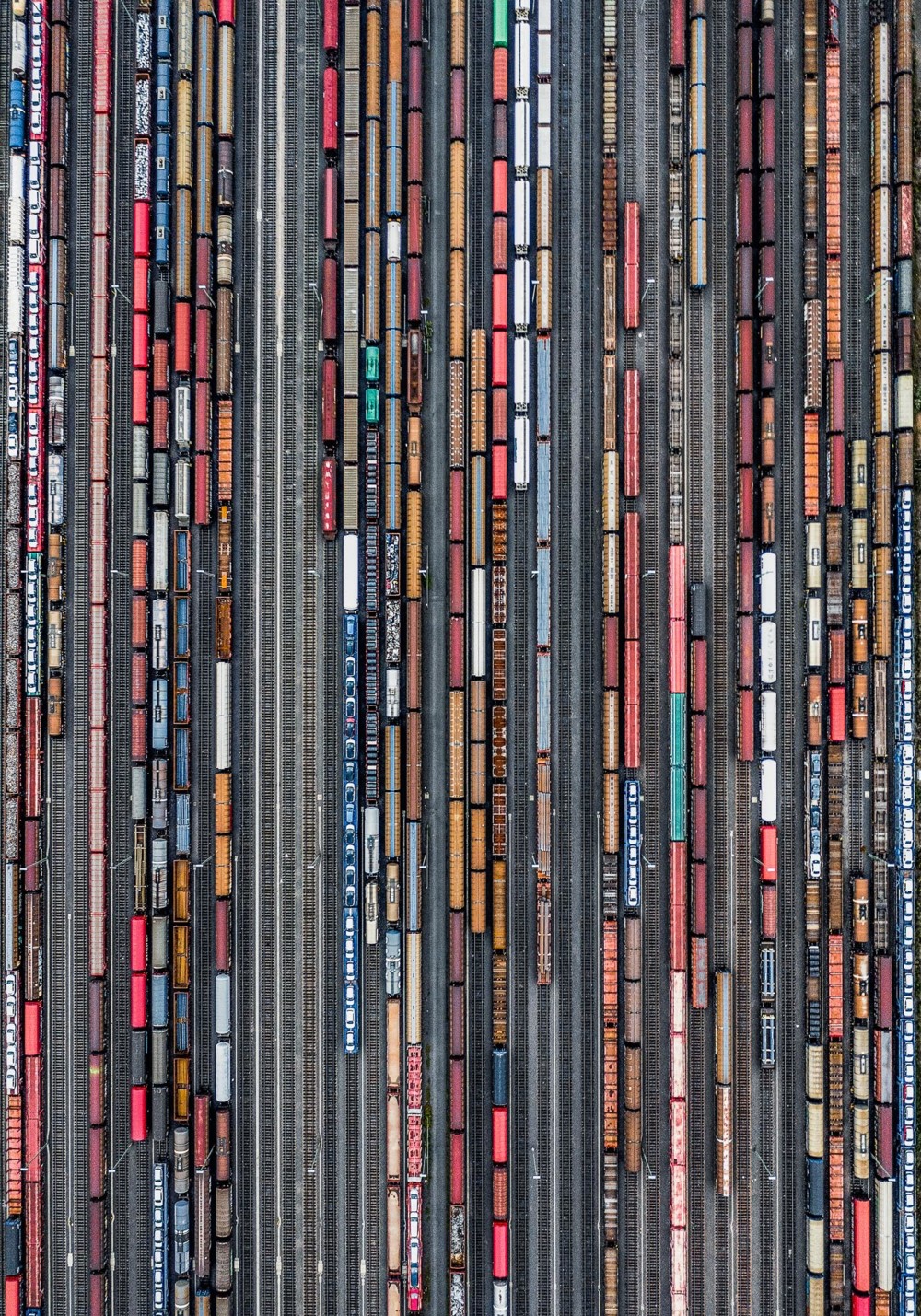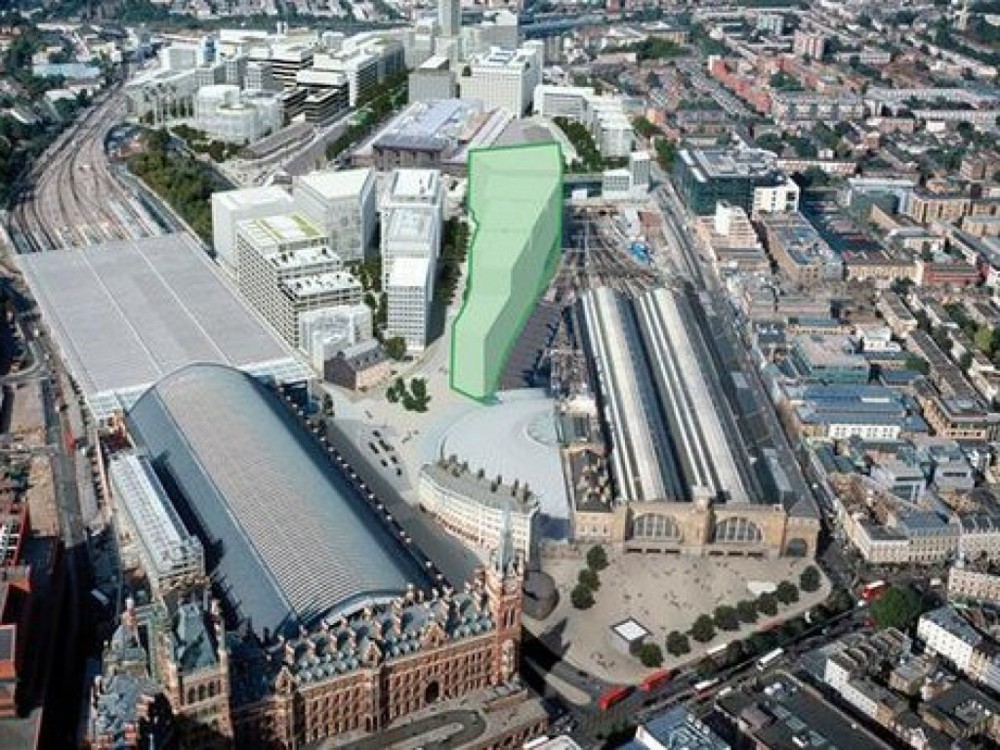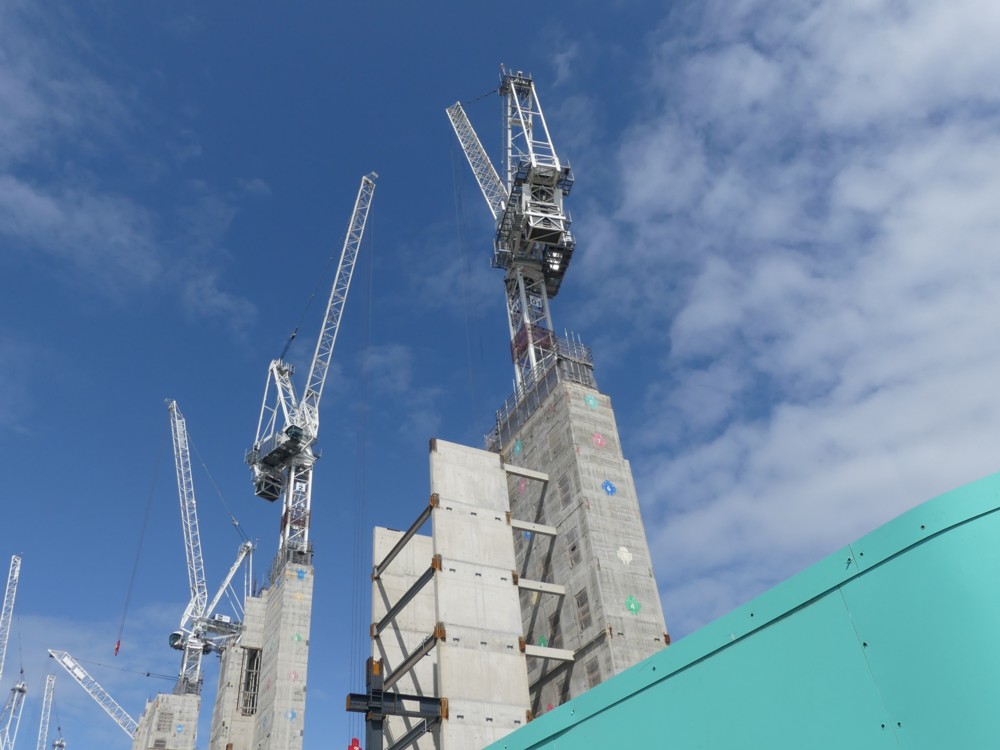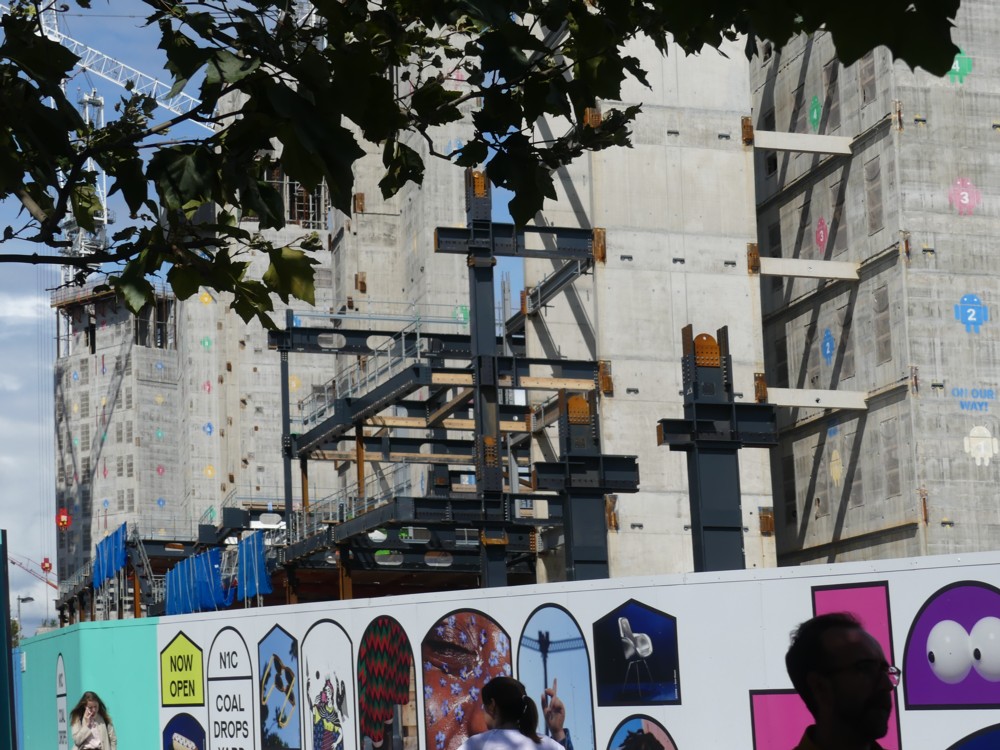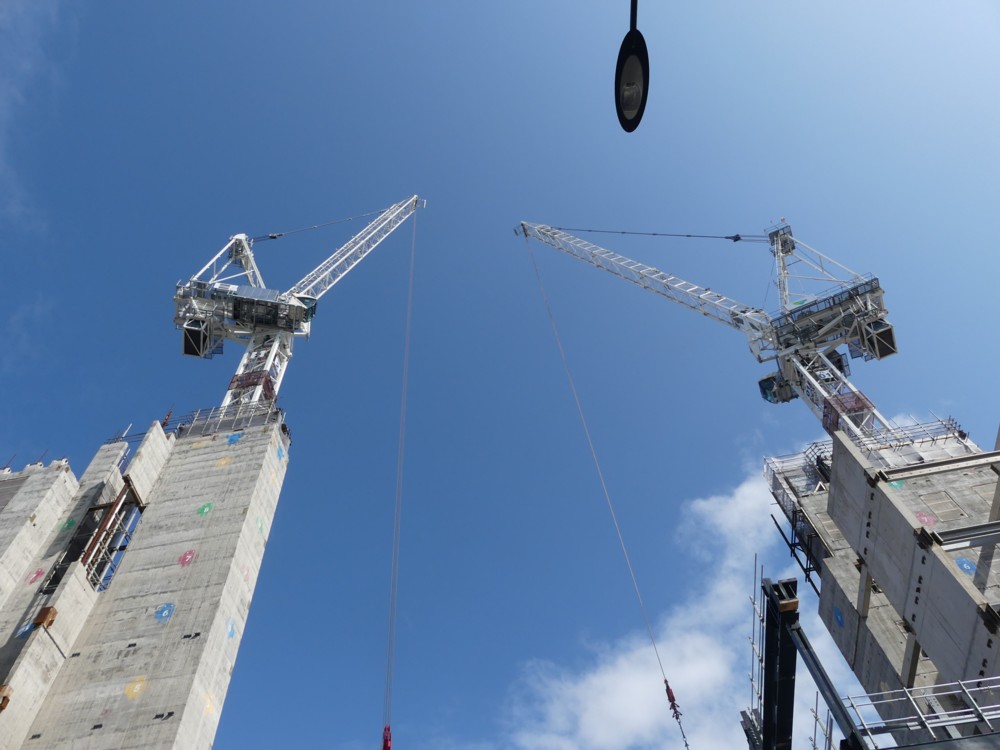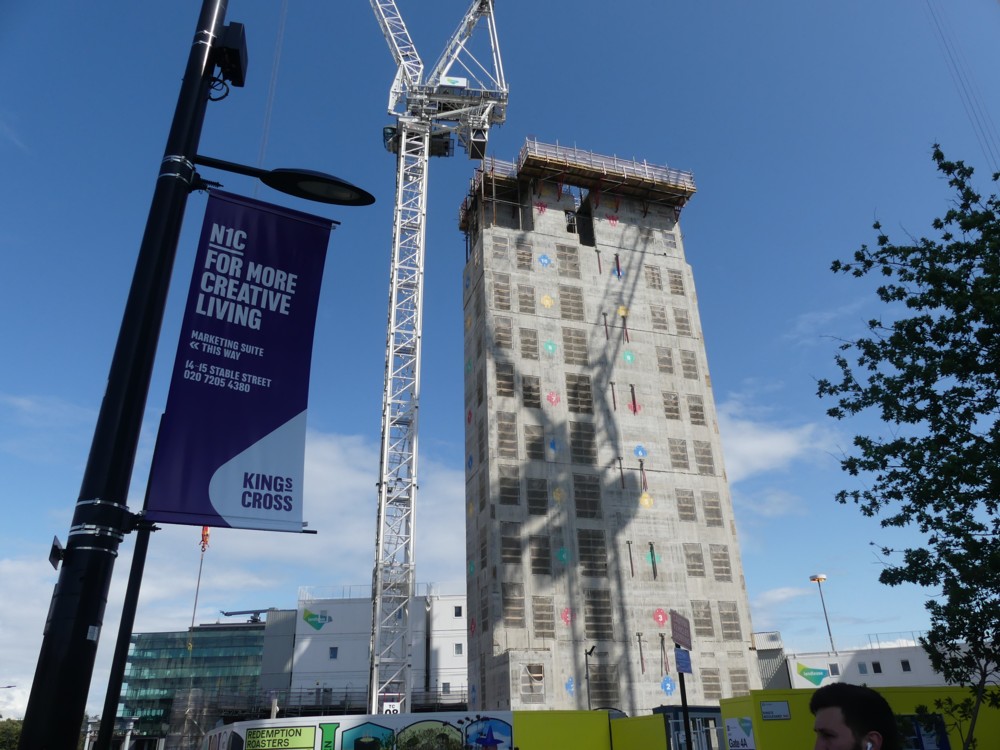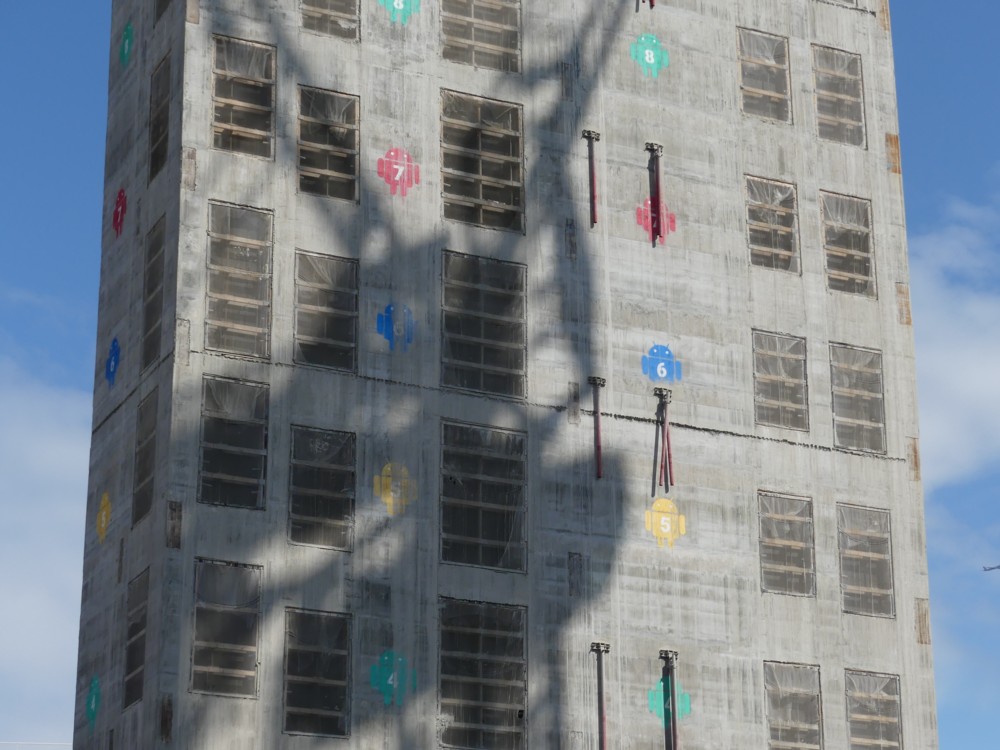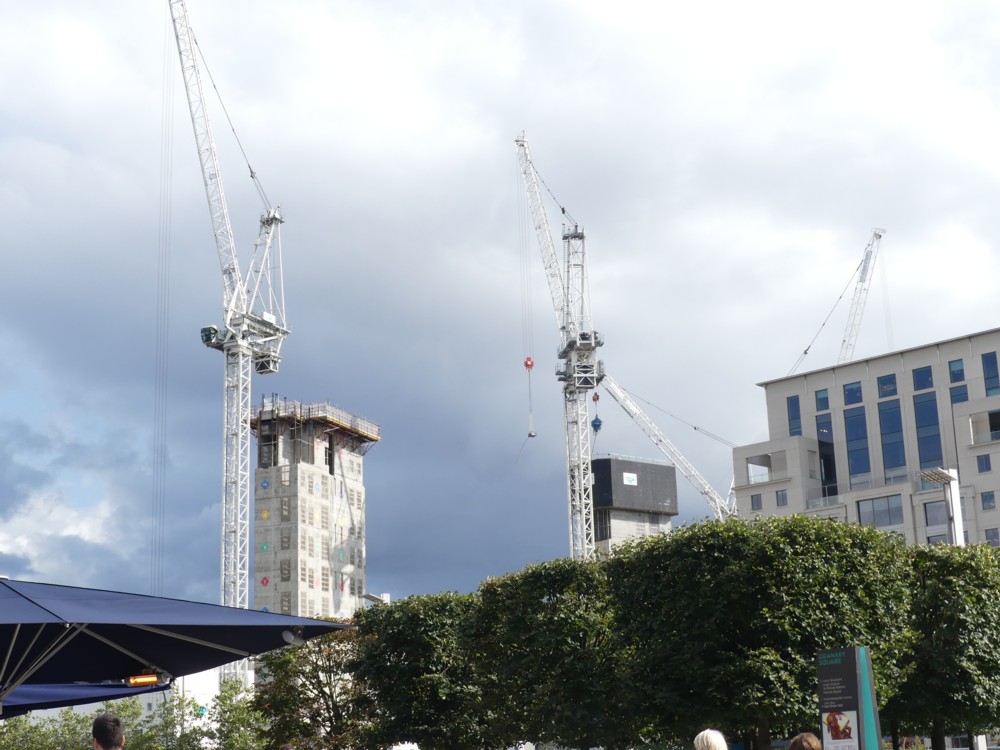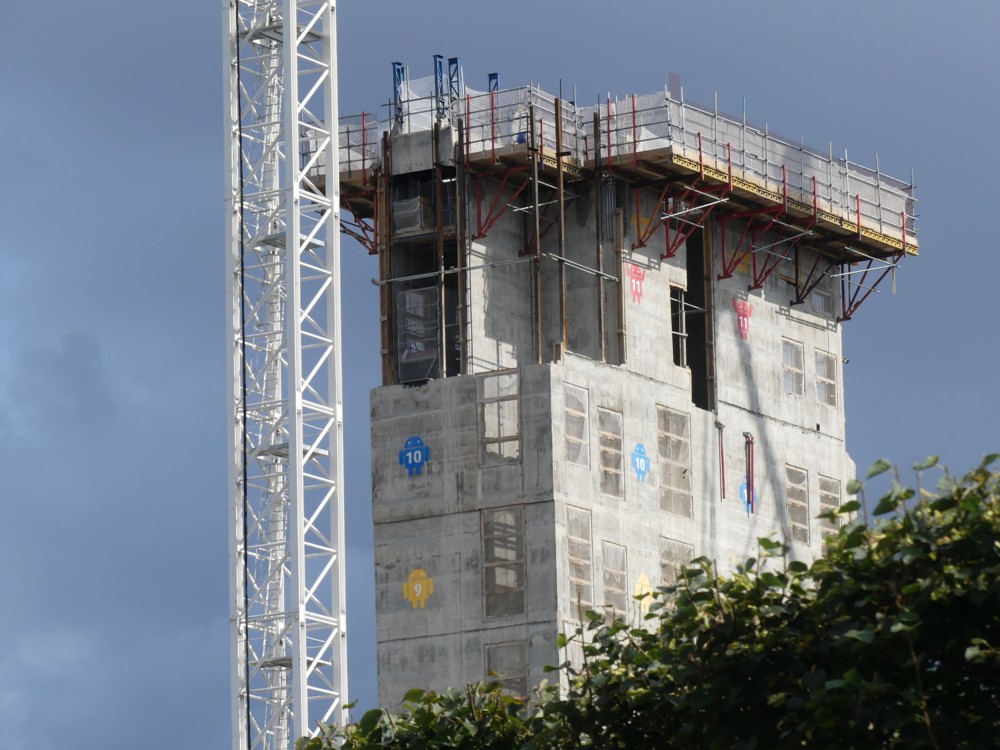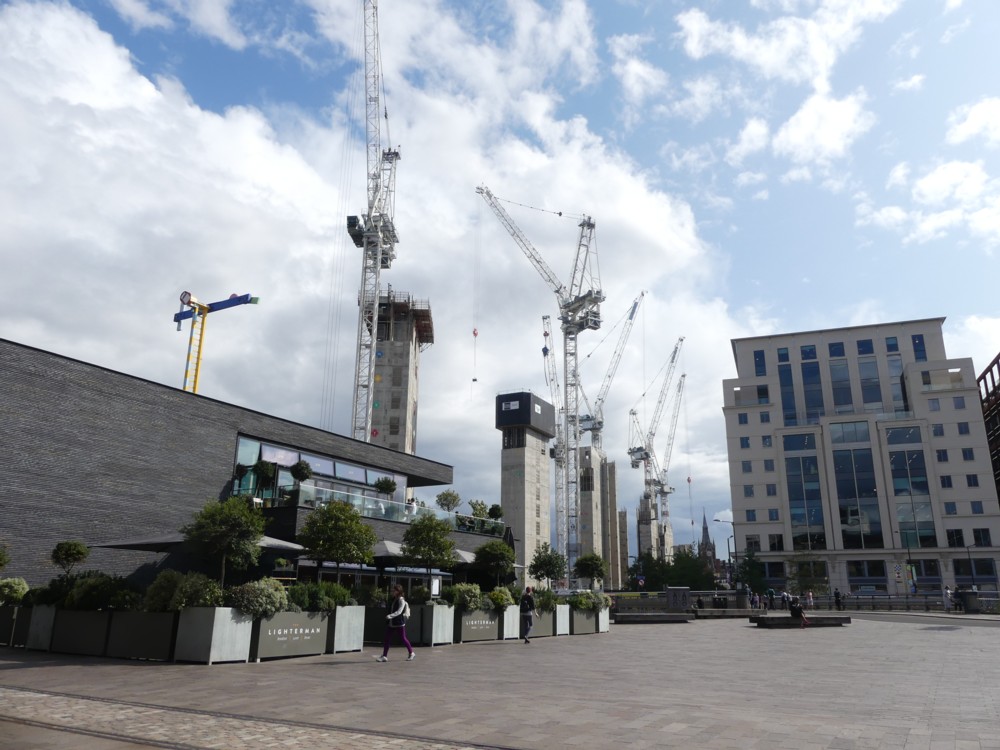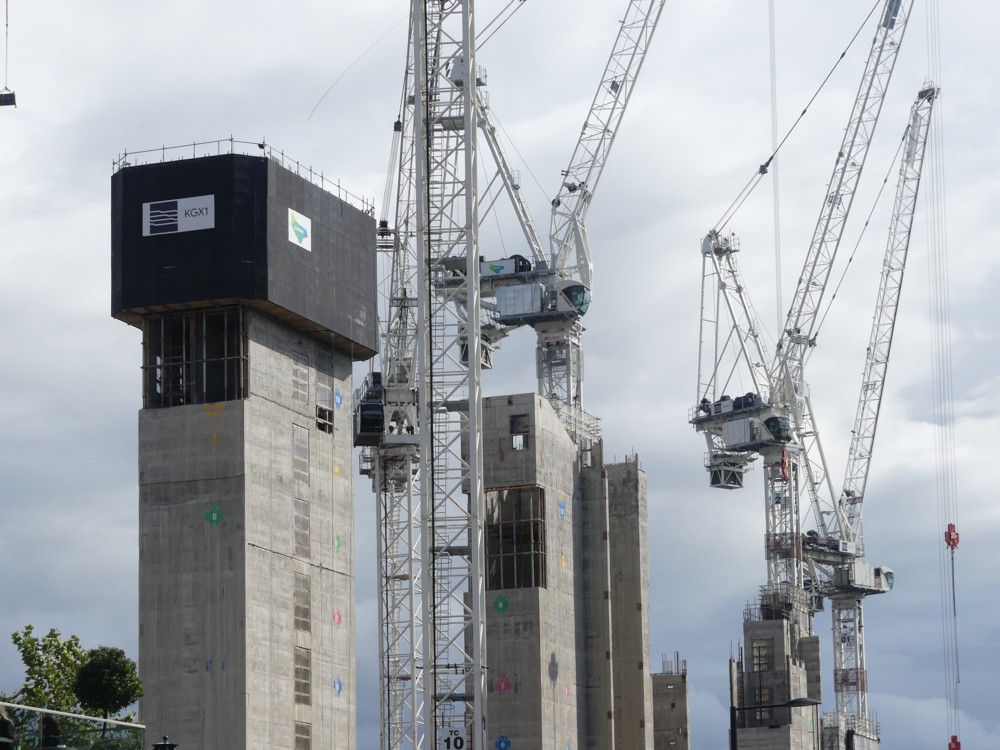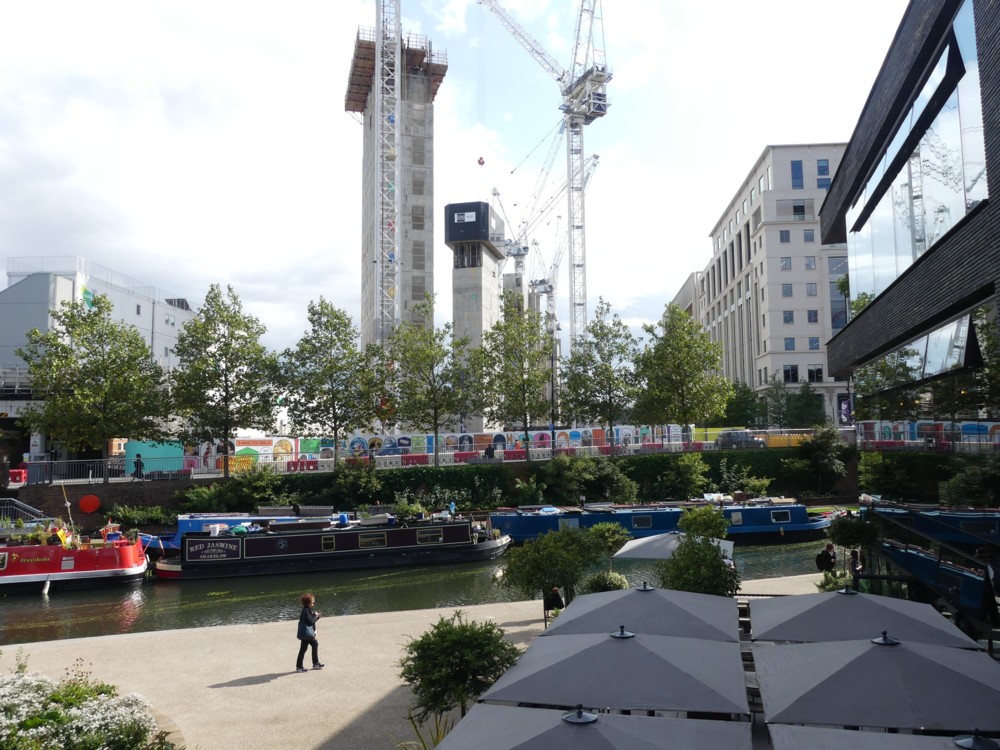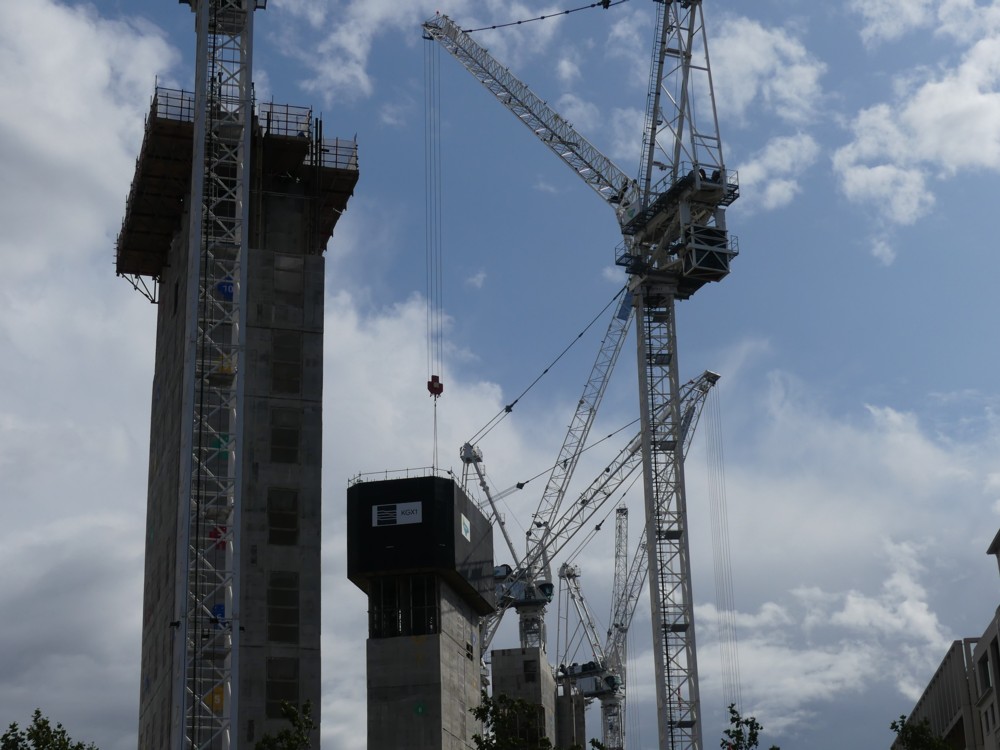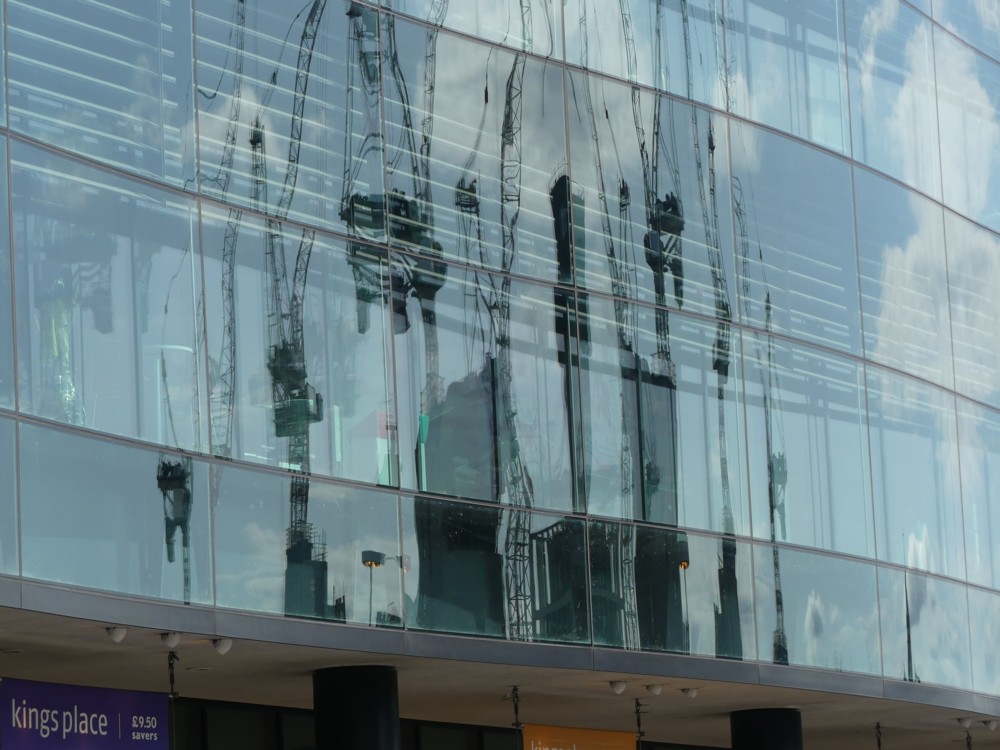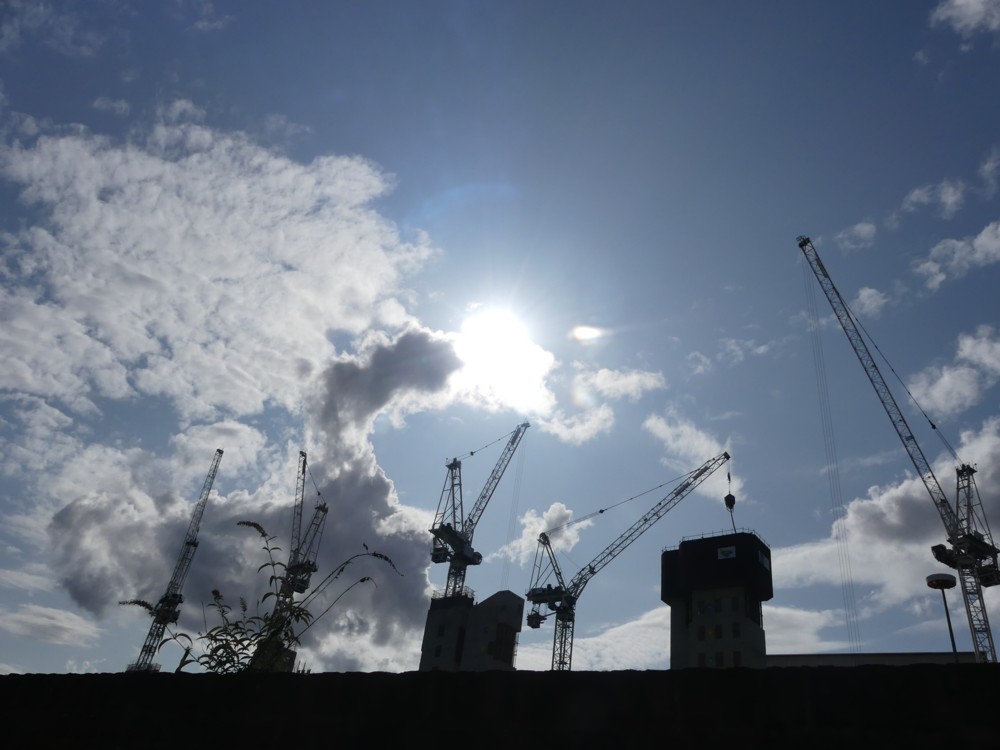Steve Baker MP says that he struggles to see how Brexit can win the next general election, if Boris doesn’t do a deal with the Brexit Party:
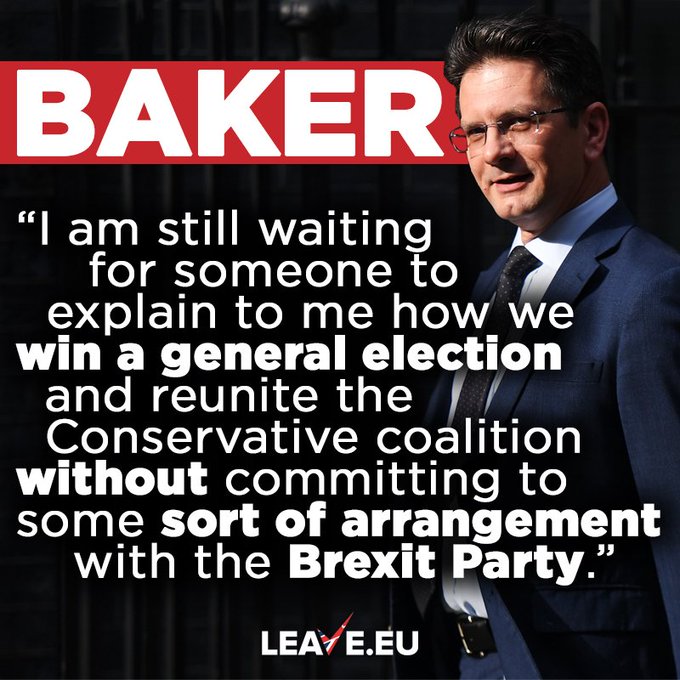
I, on the other hand, think that I can see exactly how Brexit can win the next general election, if Boris doesn’t do a deal with the Brexit Party. And I reckon Boris does too. (Whether anyone can then “reunite the Conservative coalition” is another matter. Say I: one thing at a time. The task now is to get a Brexit Parliament, followed by Brexit.)
Farage definitely does get how to get that Brexit Parliament, election deal or no election deal.
This, which I spotted in these comments at Guido Fawkes, explains:
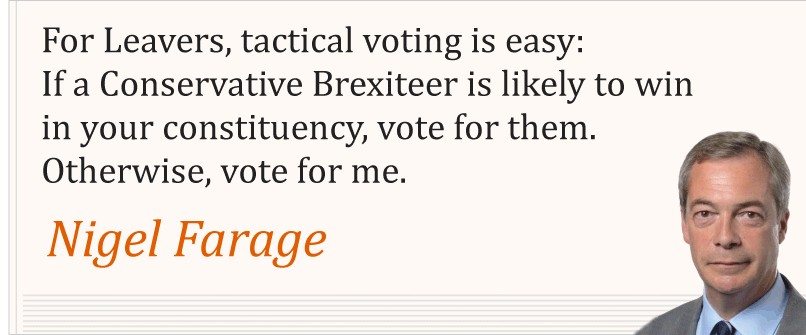
The important thing is that all Brexit voters need to know who to vote for in their particular constituency, come the day, to ensure Brexit. So, the Brexit Party just needs to tell them. If the Brexit Party campaigns for Conservative Brexiters who’ll win, but for its own candidates when they are more likely to win, the Brexit Party will get its deal. And Brexit will then happen.
All the Brexit Party has to do is impose its deal by keeping the Brexit voters fully informed, and the Brexit voters will do the rest.
Boris has no power to stop this.
But here’s the twist.
Assume that Boris truly wants Brexit. I think he does, if only because if he doesn’t get Brexit, both he and the Conservatives will be toast. Even if he’s a pure egomaniac, his pure egomania is now, surely, fully aligned with Brexit happening, on his watch. That’s the only way Boris gets to be Churchill 2, which is his not-at-all-secret fantasy.
And, if the above is correct, all that is needed is a general election, and Brexit will follow. Deal or no deal.
The reason Boris doesn’t want to do a deal with the Brexit Party is the same as why the London/Cummings wing of the Brexit campaign in the general election didn’t want to cooperate with Farage. Because, in the event of such public collaboration, there was and is a crucial slice of Conservative but only Leave-ish voters in the affluent south who would have been put off voting Leave, and would who would now be put off voting Conservative and would switch to the LibDems.
Ergo, it is actually Boris doing a deal with the Brexit Party that might jeopardise Brexit, rather than no deal. Just as the original Brexit vote would have been lost, if the Brexit voters had all feared that voting Brexit meant voting for Farage.
Remember, Boris is cleverer than me, and probably also cleverer than you. Boris must have realised all this, if only because Dominic Cummings must have explained it all to him, several weeks or months ago. To get a Brexit win in the next general election, Boris doesn’t need a deal, and actually would be better off not doing a deal. He just has to let nature take its course, with just enough behind-the-scenes nudging to make sure, e.g., that Conservatives who are going to lose don’t campaign too eloquently, and the odd phone call to/from Team Boris from/to Team Farage to make that little bit more sure that all this happens smoothly.
I know, what the hell do I know? This could all be oh-so-clever-clever bollocks. Good point. But, Steve Baker says he’s waiting for someone to explain how Brexit can win without Boris doing an election deal with the Brexit Party. I believe I just did.
Please note also that although my pro-Brexit opinions are probably very clear in the above, the analysis still works no matter which side you are on.

